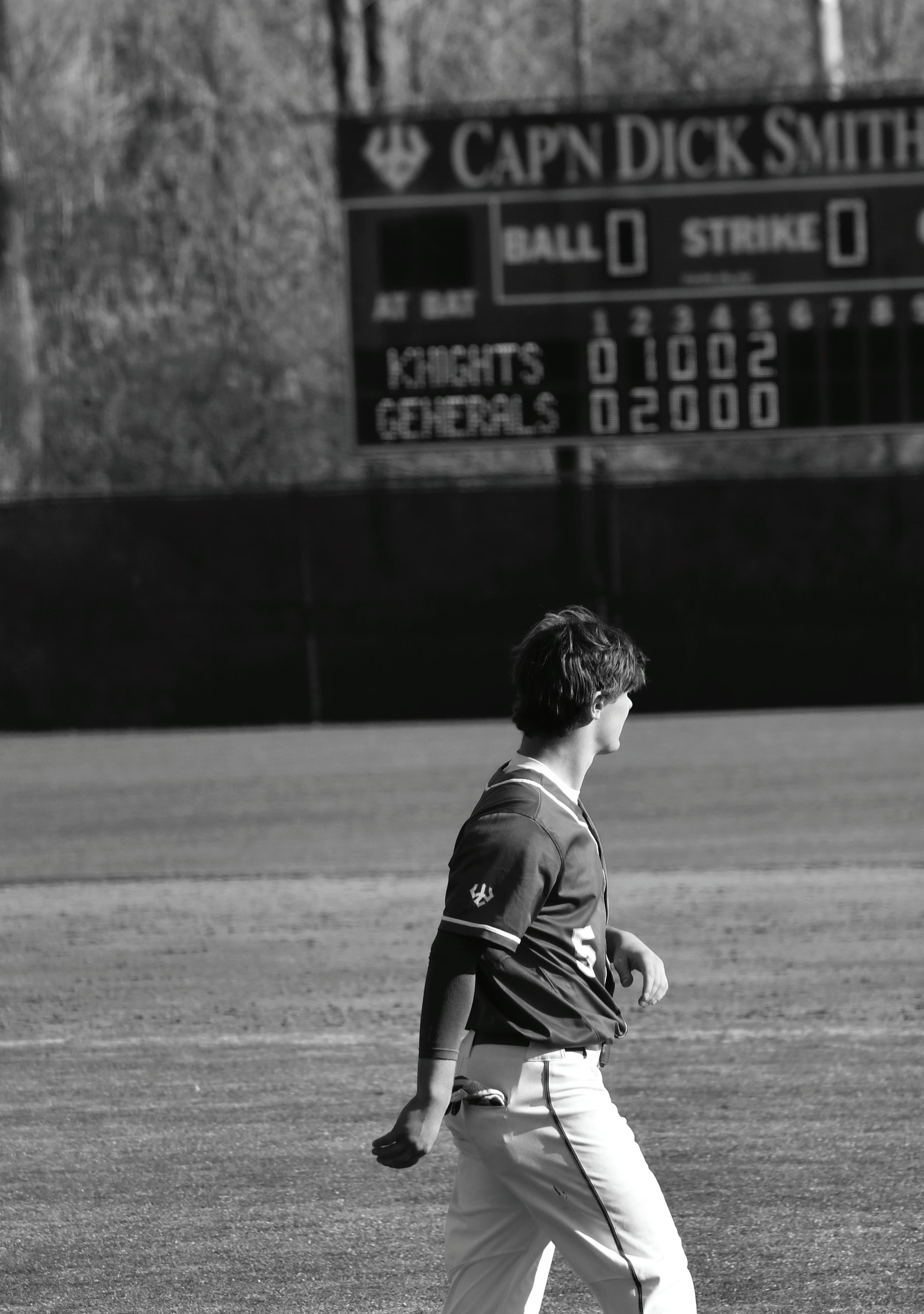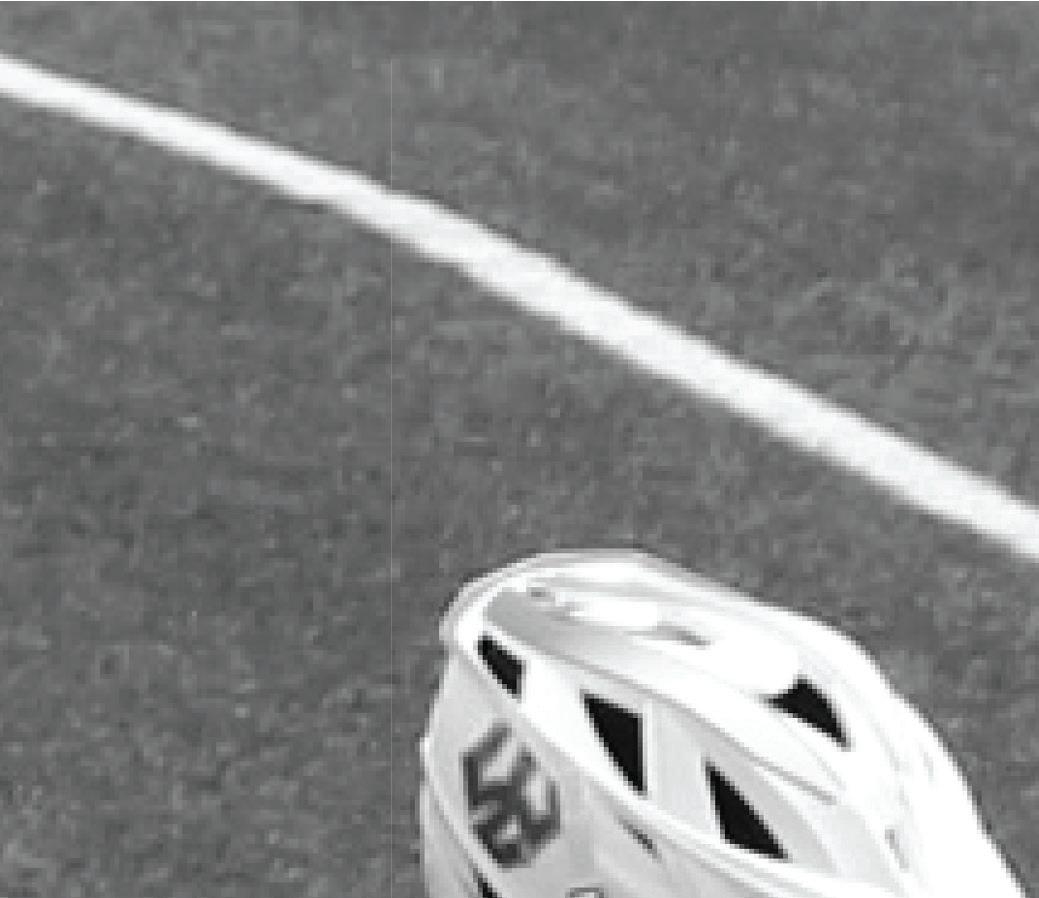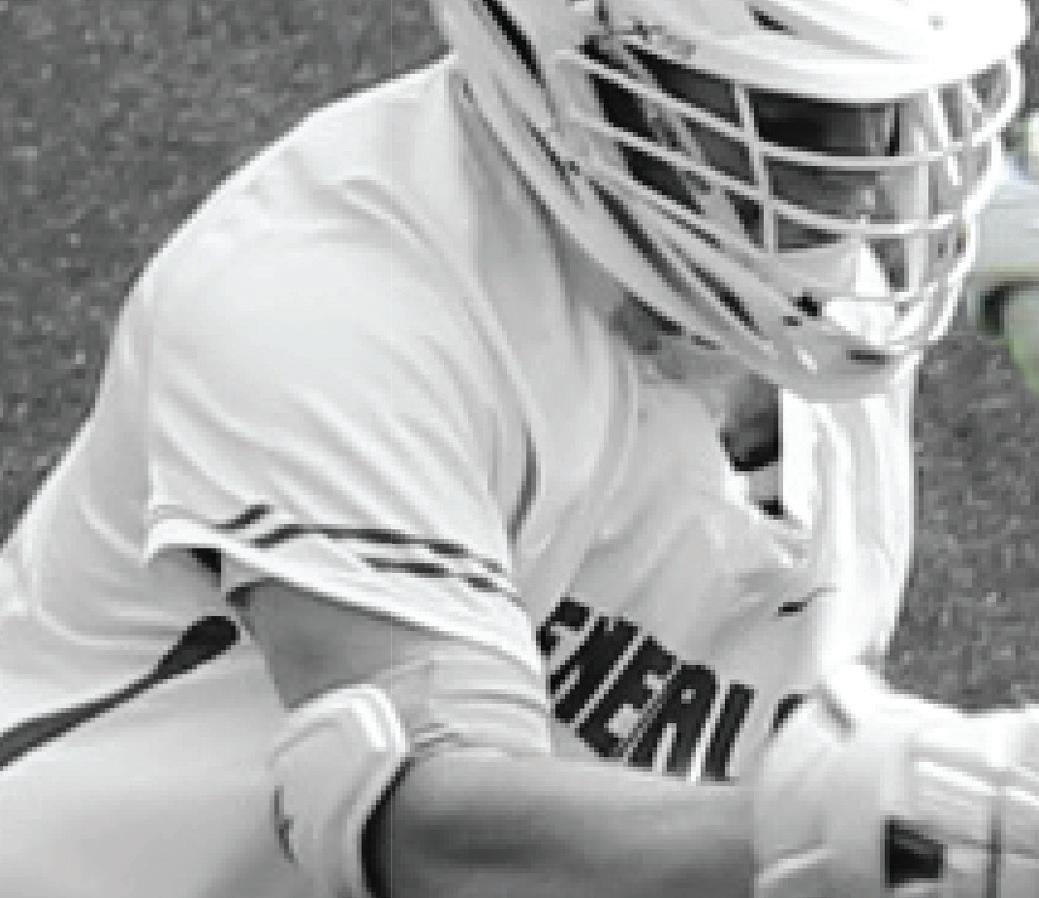






Playbook highlights the work of students in two classes taught in Washington and Lee University’s Department of Journalism and Mass Communications during the winter term of 2025.
Students in Professor John X. Miller’s Sports Journalism course, Journalism 210, provided the content for the magazine, writing long-form stories about athletes at W&L, Southern Virginia University and the Virginia Military Institute.
Twelve students in my Editing and Design for Journalism and Strategic Communication course, Journalism 351, immersed themselves in the world of magazines. They embraced the creative process of building a magazine from scratch. They brainstormed and settled on the magazine’s name. They debated the pros and cons of fonts. They selected a color scheme based on spring sports. They discussed and agreed on various styles for headlines, decks, pull quotes and captions. They chose photos and they created graphics.
Bringing together two classes of students is always an adventure. But the experience provided precious teaching moments that not only dealt with the nuts and bolts of editing a magazine but also offered students valuable lessons about what it is like to edit and be edited by someone your age.
Above all else, the magazine you hold in your hands is the product of compromise between the sets of students. My Editing students made numerous suggestions to improve stories, including additional questions that needed to be asked to fill gaps in narratives. The student-writers responded and adjusted on the fly.
It is perhaps appropriate that the common theme throughout the magazine focuses on how athletes overcome adversity and persevere.

Toni Locy Professor of Journalism
April 11, 2025
Special thanks to Michael Todd, Manager of Technical Operations
Front cover photo by Caroline Shimp
Back cover photo by Elina Puri
Story by Bennett Bruce
Edited and designed by Skyler Hollins

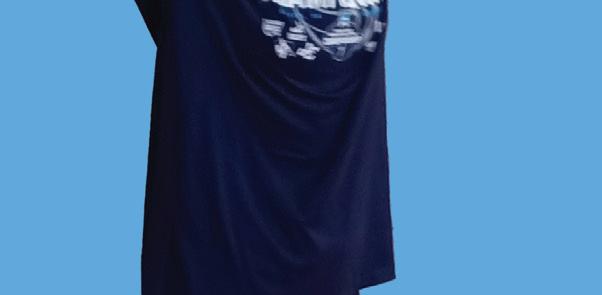




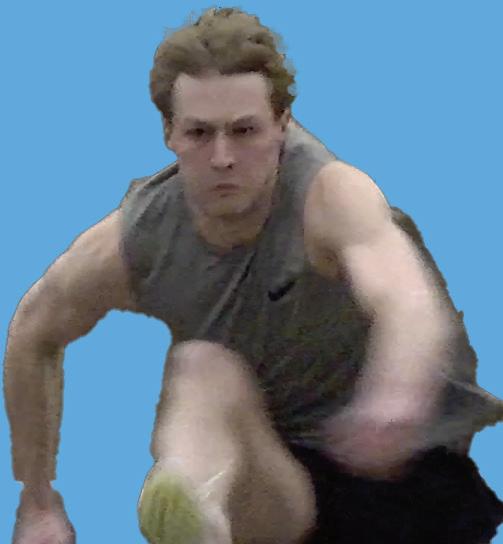


By looking at athletes through the lens of sports, people often only see them in terms of their physical abilities, performance metrics and competitive achievements. But lines between sports and life merge, as four senior studentathletes at Washington and Lee University have learned.
Frankie Maloof, who is from Atlanta, has played the outfield for the W&L baseball team, while earning three Academic All-Old Dominion Athletic Conference and W&L Scholar Athletes awards.
Volleyball player Avery Myers, who is from New York, has been a key contributor to the team since her first year. She has earned several athletic honors, including the First Team All-ODAC and American Volleyball Coaches Association First Team AllRegion. She also helped lead the team to 35 wins last year, its best record since 2003.
Andrew Plate, of Greensboro, N.C., began golfing in fifth grade. In college, he has earned two Academic All-ODAC honors and recognition as a W&L Scholar Athlete.
Track and field athlete George Marable, who is from Aransas Pass, Texas, has earned three Academic All-ODAC honors and a U.S. Track & Field and CrossCountry Coaches Association Outdoor All-Region honor in the 400-meter hurdles.
They have a lot in common: They each say that they’ve learned that it takes grit, discipline and perseverance to compete at a high level at the collegiate level.
Athletes often speak of a moment that changed everything—a turning point that defines their journey. For some, it’s the thrill of a last-second victory, a moment of validation proving that relentless hard work has paid off.
For others, it’s a crushing defeat that forces them to push beyond their limits.
For some, it’s a personal revelation that reshapes their perspective.
Getting his first collegiate hit proved to Maloof that he belonged on the team. He got cut his first year, but he kept practicing and worked his way back on the roster the following year.
“I needed to prove that I belonged,” he said.
For Myers, redemption came when the volleyball team defeated their nemesis, Berry College, last season.
In 2023, the team lost a difficult match to Berry in the NCAA tournament. It was also the first game she had played six rotations since her first year.
Plate’s turning point wasn’t a win but a mistake. During a tournament, a double bogey threatened to ruin his chances.
“I was able to stay locked into the round and not get discouraged, making three consecutive birdies and ultimately winning the tournament,” he said. “The win in of itself was a defining moment. But more impactful was my perseverance to not let a double bogey allow my round to falter.”
For Marable, his defining moment happened in his second year on the team as he set his sights on an ODAC title. Instead of victory, he fell during 400-meter hurdles in the ODAC finals. He finished in third place in the 400-meter hurdles at ODACs during his junior year.
For Maloof, baseball is about the people he plays with. The relentless grind of college athletics is exhausting, he says, but his teammates made it all worth fighting through.
The bonds forged on the field during long practice sessions and tough losses became the support that motivated him.
Myer’s strongest competitor wasn’t another team—it was her confidence. Her sophomore year was the worst of her volleyball career. She began to lose faith, not from mistakes.
“I got out of the rut by taking pressure off of myself and reminding myself that I was more than just a volleyball player,” she said. “I started playing a lot better once I stopped basing my self-
worth off of my volleyball skills, and the sport suddenly became way more fun.”
For Plate, a back injury has kept him away from the golf course, on the sidelines rather than on the green. The injury has prevented him from playing in recent tournaments, but he still frequently practices with the team.
“The hope of being able to get back out there to play with my team has kept me going with the drive to get healthy,” he said.
Marable also had his share of disappointment, especially when he dislocated his elbow in a final qualifier meet. After falling in the ODAC finals, he ran in the qualifier to try and end the season on a high note.
Even though the meet did not end as wanted, Marable returned the next year winning third place in the 400-meter hurdles at ODACs.
Baseball has shown Maloof that achievement on the field is a lot like success in everyday life.
“ I have learned to fail well
-Frankie Maloof
execution, outcomes aren’t always in the player’s control.
“Even great shots of golf, which you hit just the way you wanted to, can have negative outcomes,” Plate said. “Remember that not all things will go our way, even when we are doing our best.”
Through track, Marable said he’s learned to relax under pressure.
“Track has taught me to have confidence in myself and seize any chance that comes along.”

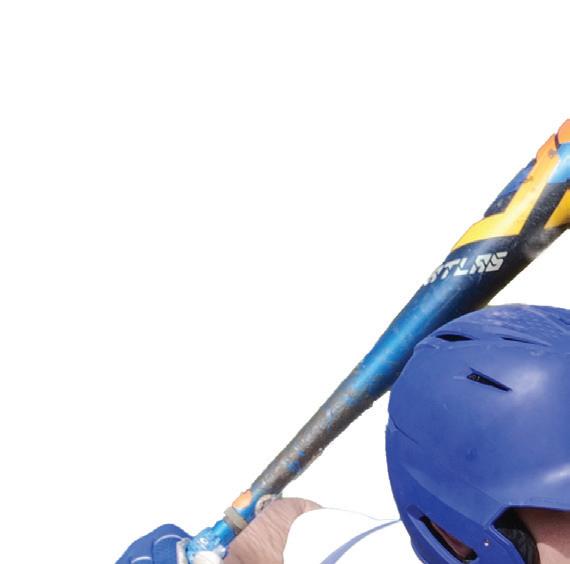










Myers has also learned that mistakes are part of volleyball. She tries to remember to shake off mistakes. The ability to bounce back after mistakes has also helped her move on when she gets a bad grade in a class.




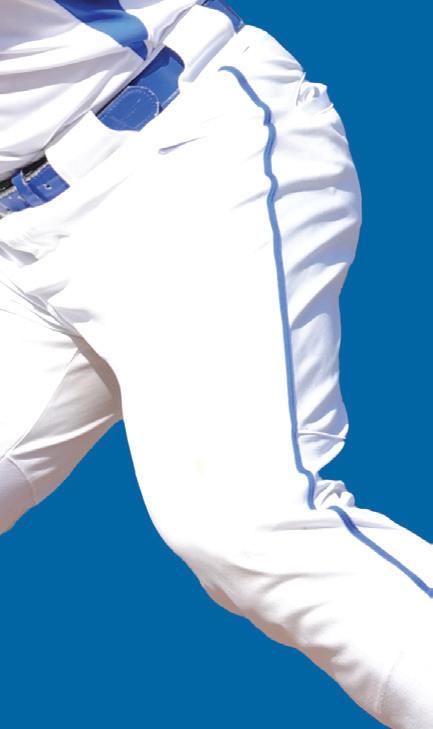


For Plate, golf taught him that even with perfect preparation and

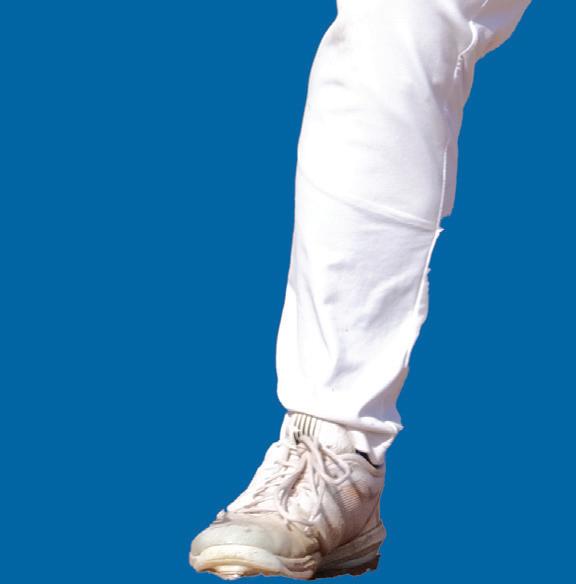
It was early March, and the Washington and Lee University baseball team is hot, coming off a 1-1 series split versus conference rival No. 13 ranked RandolphMacon. The air is hot and damp. The home crowd is beginning to fill the stands of Cap’n Dick Smith Field, waiting to see how the Generals match up against the No. 5 team in the nation, the Lynchburg Hornets.
Matt Fleming stands alone on the mound, his place of comfort and control, gripping the ball and painting the corners like a welltuned artist with his brush. The stands are full now, but he ignores the pressure. He’s been here before. The weight of the game seems to blow away with the wind as the senior gets out of the inning with a 1-2-3 frame.
As Fleming tips his cap to the stands and trots back to the dugout, the energy in the crowd erupts. One man in the stands remains emotionless, locked in on every pitch. Behind home plate, Jeff Fleming sits with his hands in his pockets, his eyes tracking every pitch like an MLB scout and a father all at once.
This game may seem like a big one on the surface, but for Jeff
Story by Michael Dangler Edited and designed by Emma Myer
Photos by Margaret Beimdiek
Fleming, it’s simply another chapter. “It never gets old. I’m just proud to see him out there doing what he loves,” Jeff Fleming said.


of Fame, and in 1998, he became a member of the Cornell’s Hall of












Before Matt Fleming gripped a baseball, he was the son of Jeff Fleming, a basketball legend in Iowa.


He wasn’t your ordinary Division III basketball player; he was an all-conference point guard for all four years of his career at Cornell College in Mount Vernon and set a school record at the time for most career points (13,373) and career assists (453).









Fleming earned numerous awards, including Academic AllAmerica, NCAA Postgraduate Scholar, and the Russell W. Landis Outstanding StudentAthlete. He started every game at Cornell, while earning induction into the Phi Beta Kappa Honor Society.
In 1995, he was inducted into the Iowa High School Basketball Hall
Eventually, Fleming raised a family in Houston, Texas, where he worked as a professor at Rice



Fame. University.


The younger Fleming grew up surrounded by basketball. When he was a kid, he attended Rice University games. He also played ball in the driveway and did cones and passing drills with his father.









But the son wanted to play Little League Baseball.











“Growing up, I knew how my dad was a great basketball player. He’s in the Halls of Fame for his schools, which is awesome. But he never made me feel like I had to be him,” the younger Fleming
Fleming said.




wanted choice.”
“He just wanted me to work hard and love the sport of my

Before he was “Grandpa,” William J. “Coach Bill” Fleming was also a basketball legend. In 2006, Bill Fleming was inducted into the Iowa High School Basketball Coaches Hall of Fame.
The eldest of the Flemings was a high school basketball coach in Iowa for over 30 years, winning over 500 games and 17 conference titles. In 1983, Bill Fleming won Iowa 2A High School Basketball Coach of the year.
He moved from Iowa to Kansas in 2001, where he served as an assistant coach at Mid-America Nazarene University for 10
pick up the balls, and he’d give me some good pitches to hit afterward.”
Matt Fleming said it was an important lesson. When times are tough and the ball isn’t spinning his way, he reminds himself of those days in the cage with his grandpa.
When Matt reached high school, he decided to attend St. John’s School, one of the most competitive and prestigious schools in the Houston area.
“I chose St. John’s because it lined up with my faith, good
“I’ve watched Matt throw since he was a kid, and it never gets old. I’m just proud to see him out there doing what he loves”
years. He led the team to a 2007 national championship and four consecutive Final Four appearances. Bill Fleming was inducted into Mid-America Nazarene University’s Hall of Fame in 2012.
The younger Fleming said he and his grandfather bonded when they went to batting cages every weekend.
“My grandpa would take the first bucket of balls and hit me with every pitch. Not to the point where it would hurt, but to the point where it would toughen me up. I enjoyed it. It was our way of bonding,” Matt Fleming said. “We would both laugh and then
–Jeff Fleming
academics, and the chance to compete,” he said. “It wasn’t just about baseball. I wanted to be in an environment that would shape me into a better student, a better athlete and a better man.”
At St. John’s, he worked to improve his pitching skills, mechanics and understanding of the game.
His father didn’t teach him how to throw a curveball. But the father taught the son the competitive spirit needed to compete at a high level. His grandfather didn’t teach Matt pitching mechanics either, but he ensured Matt had the mental toughness to become a starting pitcher.
When it came time to choose a college, Fleming wanted a combination of strong academics and athletics.
“I chose Washington and Lee primarily because of baseball. I wanted to compete at the highest level of Division III. It is also a great school academically, and the campus is second to none,” he said. “I felt like it was the right choice given my academic goals, athletic goals, and what I wanted to achieve after graduation.”
When he arrived at W&L, Fleming wasn’t the ace, a leader on the team, or the guy his teammates looked up to in pressure moments. He was an ordinary first-year student trying to find his role on the team.
His first-year campaign was tough. He worked his way into the rotation and appeared in 10 games. But he recorded a 9.00 ERA while striking out only seven batters.
Fleming went home to Houston for the summer, knowing that he needed to make changes as a ballplayer and as a young man. Little did he know the lessons he’d learn.
That summer, while other college baseball players played in summer leagues, Matt Fleming worked 14hour shifts on an oil rig in Texas.
He started his days before the rooster crowed and ended after
the stars came out. Temperatures soared to over 110 degrees. Steel platforms heated up and blistered his feet through his work boots.
“Working on the rig was tough, but I enjoyed the experience,” he said. “It taught me the value of hard work and gave me a unique life experience.”
There were no shortcuts on the rig, just like there are no shortcuts on the mound. Either you put in the work, or you get left behind.
His experience on the oil rig transformed him into a leader on the diamond. Fleming pitched over 28 innings in his sophomore season and improved his ERA to 6.28. He became one of the team’s most utilized starting pitchers, striking out 21 batters in the process.
In his junior season, he continued to improve. He earned a record of 2-1 as a starting pitcher, and his ERA dropped by a run to 5.28.
As a senior, Matt Fleming is not just another left-handed pitcher. He is a cornerstone of the General’s baseball team. The guy who once struggled to find his role on the team is now the guy his teammates look to when times get tough.
To his teammates, he is more than a dependable arm—he’s “The Houston Oiler.”
“He’s a reliable pitcher and a good teammate on and off the field,” said senior pitcher Jack Cope.
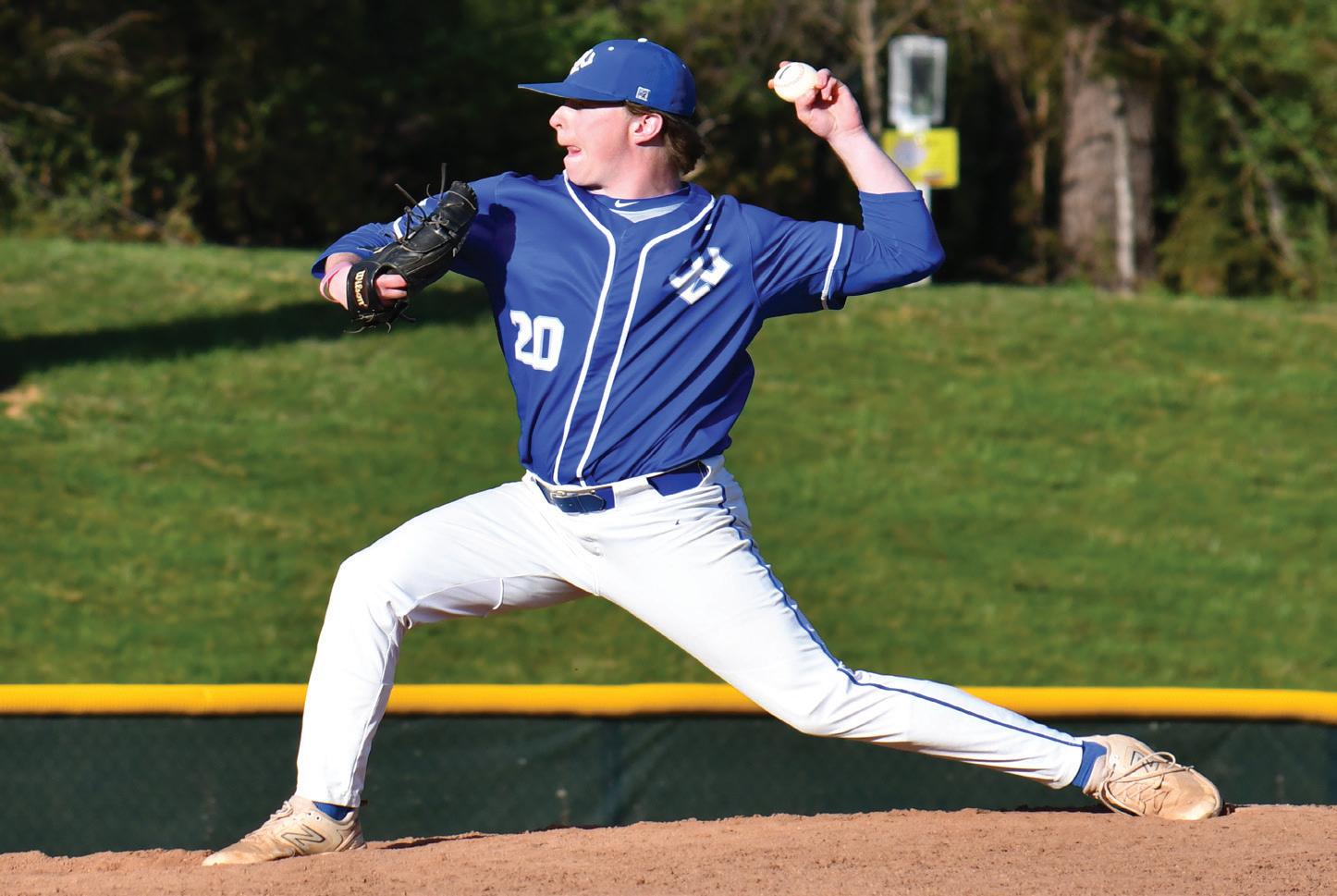
“He’s sprouted into a starting role on the pitching staff, and every time he gets the rock, he gives the Generals a chance to win on the diamond.”
Sophomore pitcher Sims DeLong sees Matt as the pitching staff’s mentor. “He’s an anchor. The guy knows a thing or two because he’s seen a thing or two. It’s great learning from him. He’s helped me hone my craft early in my career.”
First-year infielder Clark Kinney says Fleming is tough. “I’d describe him as the spark plug of the staff with his electric fastball.”
The baseball season is long, roughly 35 games over four months. When a pitcher reaches his senior year, the strain of countless innings takes a toll on his arm.
Fleming ices and then massages his arm with a massage gun for hours on end. It is routine now: throw, ice, massage, repeat.
“If I don’t ice my arm, it will fall off. Not actually, but it definitely won’t feel good in the morning.”
In the classroom, Fleming has excelled, named a W&L ScholarAthlete four times. He’s also been named to the Old Dominion Athletic Conference AllAcademic Team three times.
As his baseball career comes to an end, Fleming is heading toward another set of demands. He’s
got a job working as an investment banking analyst for Guggenheim Partners in Houston.
The mound, the oil rig, the late nights in the library, and the early mornings in the gym have all prepared Fleming for what comes next.
His story isn’t about raw talent or natural gifts. It’s about grit, determination and perseverance. “I just try to show up every day and give everything I have,” Fleming said. “I like to think I live by that.”
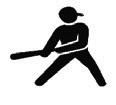
Washington and Lee University senior lacrosse captains Matthew Ezzell, Joey Allen and Jack Elliott are running out of time to win it all in the NCAA Tournament this spring.
In their first year, their worst in the tournament, they lost in the second round to Cabrini University, 14-8.
In 2023, the team reached the Elite 8. Last year, they made it to the Final Four.
“Ever since they were freshman we have made it closer and closer to a national championship, and I think they’re a big part in changing the culture,” said junior captain Chris Datz. “They have helped to keep us grounded and appreciate how hard it is to win because we’ve had a lot of success since we’ve gotten here and that isn’t necessarily always the norm.”
The W&L team has won the Old Dominion Athletic Championship 12 times since 1991, most recently in 2023. The squad has made 16 NCAA Tournament appearances, dating back to 1972.
It’s never won it all in the tournament.
The 2025 season is presenting the team with obstacles to overcome. Several players were injured in the first few games of the year. Ezzell and starting sophomore Tyler Spano suffered hand injuries. Other players are nursing lower body injuries.
The Generals also lost twice to ranked opponents, Denison and Gettysburg.
Ezzell says he has faith that the coaching staff and his teammates will step up.
“Every year presents a new set of challenges,” he said. “So, whether the team deals with injuries, losses early on, or other things, it can be challenging to adjust and adapt.”
The senior captains say they know from experience that disappointments early in the season prepare the team for a strong finish.
“My biggest message is always to focus on our team and not our opponent, keeping our focus on things we can control like attitude, discipline and compete level,” Allen said.
The senior captains say they have taken their leadership roles
Story by Tyler Rothwell
Designed by Avery Lee
to heart. Ezzell says he wants to be remembered for putting the program and team first.
“I hope to be remembered as a leader on and off the field, encouraging those around me to succeed in all facets of life,” he said. “Most importantly, I want to be remembered for the meaningful connections I have developed with every player on the team.”
Allen says he wants to be remembered for living up to the team’s core values: Discipline, kaizen, compete level, and being a good teammate.
Kaizen, a Japanese philosophy, means to make small, continuous improvements every day. It’s a concept that often finds its way into lacrosse team speeches and coaching.
Head Coach Gene McCabe says he remains optimistic about how the season will end.
“Our expectations are always high here at our program,” he said. “I think we hold ourselves to a pretty high standard.”


The Washington and Lee women’s golf team has had three coaches since 2022. Since her arrival two years ago, Jane Hopkinson-Wood has brought stability back to a program that has dominated conference play for years.
“When you have three coaches in three years, I mean you’re having three different coaches asking three different things of you,” Hopkinson-Wood said. “I was trying to figure out what worked well, what needed to be improved upon, but continuing to build a great foundation moving forward for the program.”











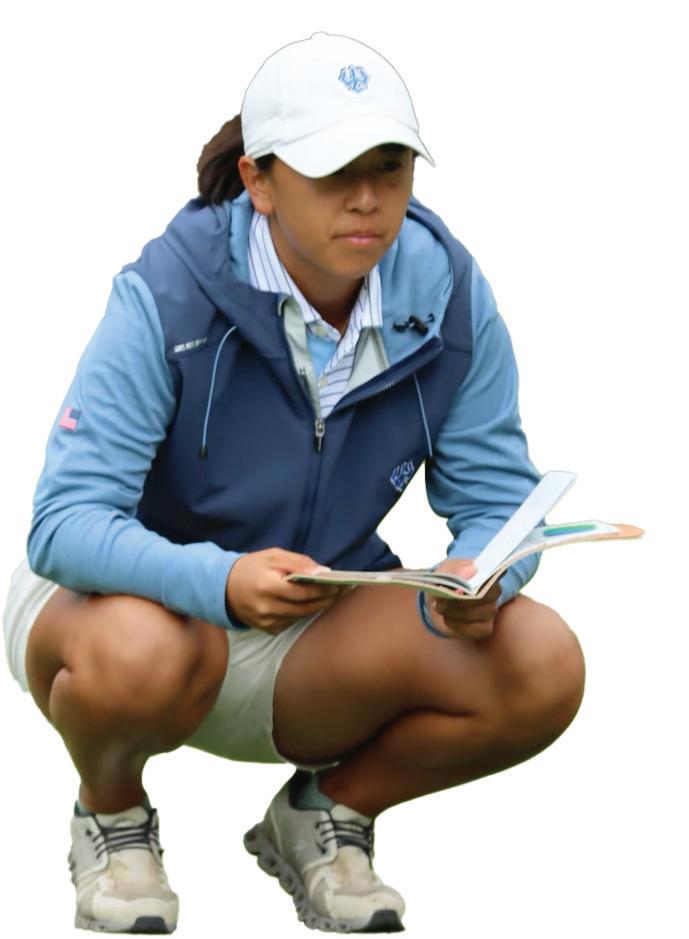
Hopkinson-Wood was a collegiate golfer at Wittenberg University in Springfield, Ohio. In her collegiate career, she was named the conference Newcomer of the Year, conference Player of the Year, four-time Women’s Golf Coaches Association First Team All-America, and won several individual tournament titles.
She graduated from Wittenberg in 2018 with a degree in sports management, and she immediately became head coach at Centre College in Danville, Ky., Her team competed in several national championships and finished in 6th place in the 2021 NCAA championship.
Hopkinson-Wood left Wittenberg to coach at W&L after the 20222023 season.
As a former student-athlete, Hopkinson-Wood says she understands the pressure her players face.
“I think it’s just getting to know them as people first, getting to understand what they like outside of golf, what they don’t like,” she said. “Building that trust up front and then going from there and adding in the golf aspect.”
This season, the W&L women’s golf team is ranked 17th nationally and 3rd regionally. The team has won the Old Dominion Athletic Conference every year since 2018, except for 2020 when the COVID-19 pandemic shut down several sports. In 2022, the team finished in 13th place in the NCAA Championship Competition but improved to 9th place in 2023.
Crews says her coach struck her as different from the moment they met.
“The thing that Coach Jane has above a lot of other coaches I talked to throughout the recruiting process is she really values you as a person first,” Crews said.
Alex Crews says she values Hopkinson-Wood’s willingness to work with her players’ as they confront the challenges of playing a sport while managing a heavy academic workload and making time for a social life.
“She is really easy to work with if you have something you need to do for academics or even for social life,” Crews said. “I think she is really flexible.”
Hopkinson-Wood insists that her players take ownership of their development by allowing them to help shape the trajectory of the program.
“We do things where they feel like they have a voice in the program,” she said. “Asking their opinions on what they’d like to see at practice more, what they didn’t like at practice, and continuing to build from there.”









Hopkinson-Wood is also involved




Story by Jonathan McEwen









“I think it’s just getting to know them as people first ”
–Coach Jane Hopkinson-Wood
during tournaments, offering oncourse advice to her players when they need it the most.
Crews says her head coach helped her regain her composure when she hit her first shot on the 18th hole into the water.
“Her advice on my fourth shot coming into the green was fantastic. She told me exactly where I needed to hit it,” Crews said. “I ended up putting it to six inches and making par.”
As a recruiter, Hopkinson-Wood takes the time to travel around the country to follow prospects. Her focus is on players who can compete in W&L’s classrooms and on the golf course.
“She is extremely detailed in the way she talks to recruits, investigates recruits, vets them, and gets them to come here,” said Pete Gyscek, head coach of the
men’s golf team and assistant coach of the women’s. “I would say that her recruiting for this school is top-notch.”
Crews and Berkeley Bundy are the first golfers that HopkinsonWood has recruited to W&L.
Crews, who is from Nashville, helped her high school team win two state championships. She also was the individual state champion in Tennessee in 2023.
Bundy, who is from Dallas, helped her high school team to four consecutive state championships.
So far this season, Crews has finished in the top 15 as an individual in two of the three tournaments in which she’s played.
Bundy has finished in the top 25 as an individual in both tournaments in which she played.
Hopkinson-Wood has changed the way practices are run. She’s added structuring drills that are specific for each golfer.
Right now, the team doesn’t have a course to call home. But that will change in 2027, when the Lexington Golf & Country Club becomes the home course for the men’s and women’s teams.
W&L has entered into an agreement with the club, which will undergo $25 million in renovations to bring it up to D-III standards so that tournaments could be hosted there. The upgrades will include new top-ofthe-line facilities, including indoor hitting bays and a wedge course to develop all parts of a player’s game.
Hopkinson-Wood says she is focused on improving her players’ skills to a level where the team is consistently ranked in the top 10 nationally. She says she’s always asking herself and her players, “What can we do better?”
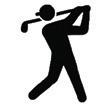

Story and photos by McKenzie Kane
Edited and designed by Melos Ambaye
Mary Schleusner has shattered records at Washington and Lee University and in the NCAA—all before the start of her senior year. Perhaps just as significant, she’s busted the BMOC mystique about popular male student-athletes. At the small liberal arts college, Schleusner is the big woman on campus.
The 6-foot-1 junior from Charlotte, N.C., has earned a long list of accolades that most collegiate athletes could only dream of. She was named a 2025 Division III All-American. She set the NCAA tournament record for single-game rebounds with 33. She led Division III basketball last year and this year as the statistical champion in rebounds per game and total double-doubles. And she became W&L’s all-time leader

in scoring, rebounding and shot blocking.
“This is so freaking cool”
–Mary Schleusner
As in many sports, fans take to social media to praise their heroes.
“Mary needs her own athletic Hall of Fame,” one fan said on Fizz, an app that’s popular with W&L students.
“My girlfriend wants to give our future first kid a biblical name. I want to name my kid after a basketball legend. We agreed on Mary,” wrote another.
And, as in any sport, fans slam athletes on platforms like Fizz because they ensure anonymity for people who post comments.
“No way Mary Slice has another goat season this year. She got super lucky last year,” said one detractor.
“Mary Schleusner with the triple double. Points. Rebound. Turnovers,” said another.
“There was a time when one of my friends texted me and said, ‘Mary, you’ve literally made it so big that you now have haters.’ I was like, ‘Oh, heck yeah,’” she said. “I know that there’s anonymous people out there that are trying to be rude. But there is around 80 times as many people out there who are picking me up at the same time.”
Schleusner says her support system includes her teammates, coaches, friends and family. Her parents also remind her to savor the big moments.
“My dad was driving me home after we beat Catholic in the Round of 32, and he said, ‘Mary, have you stopped for a second and thought, this is so cool?’” she said. “So, I did. I was going to bed that night and I was like, ‘This is so freaking cool. I don’t even
know what my life is right now, or how I ended up in this situation. But it’s awesome.’”
Schleusner nearly didn’t step onto W&L’s court––or play college basketball at all. She said she didn’t have any Division I or Division II offers.
“I had no options,” she said. “I barely got in to play here. This was like the biggest thing that could have ever happened for me.”
“The best part is I feel like I know the whole campus”
–Mary Schleusner
In high school, her sights were set on running track or cross country. It wasn’t until the end of her junior year that she decided basketball was a better fit for a team-oriented athlete like herself.
She also says she always thought she wanted to go to a big school because she thought she’d make more friends.
“But, in reality, I think I’m making more friends at W&L than I ever would have at a big school,” she said. “A lot of people say it feels like the whole campus knows me, to which I respond that the best part is I feel like I know the whole campus.”
Schleusner’s mother is a W&L alum. But Schleusner says she never considered attending her mother’s alma mater until a high school teammate joined the W&L women’s basketball team. “I saw how much she loved it and
what an enjoyable experience she had here,” Schleusner said. “I thought to myself, ‘I may as well give it a shot.’”

That shot led the Generals to multiple defining victories over the past three years. The team won three NCAA tournament appearances and two consecutive Old Dominion Athletic Conference championship titles in 2023 and 2024.
Schleusner’s coaches say it’s not just her athletic ability that sets her apart.
“Most players of Mary’s caliber that you see at any level are fueled by winning and the numbers that they put up,” said Brittney Kemp, the W&L women’s basketball head coach.
Kemp says Schleusner is the opposite.
“She wants to win, but she doesn’t care if she has 5 or 35 points,” she said. “If her teammates are having a day, she is the first one looking to send the ball their way.”
Coaches across various sports say Schleusner is an asset for the university’s athletics.
“She’s part of my recruitment pitch,” said Mat Rapoza, assistant football coach. “When I take recruits around and we pass the gym, I’ll mention that we have this absolutely dominant beast on the court with numerous 30-30 games. Everybody’s like, ‘What? Did you misquote that?’ and I’m like, ‘No, you heard that right.’ She’s a player.”
The head football coach, Garrett LeRose, has seen a lot of athletes in his 16 years of coaching at W&L. “Mary is unquestionably one of the top five most dominant athletes I’ve seen in my time here at W&L,” he said.
“She certainly stands out as a Division I caliber athlete on a Division III court, and that’s what makes it even more impressive to watch her compete.”



This year, Schleusner and her teammates made it to the second round of the NCAA Tournament. But their postseason run was cut short by a 75-71 loss to Baldwin Wallace University.
But the team’s coach isn’t dwelling on the loss.

“Since the season ended, I haven’t been able to control my sense of urgency and excitement for what’s to come,” Kemp said.

Schleusner says expectations have never been higher as she approaches her senior season.
“I don’t think I felt the pressure until this year,” she said. “But it definitely can be a lot sometimes, especially when most everybody on campus knows you as the girl who plays basketball.”

I was hired out of desperation more than anything else.”
Erin Ness knows what it means to lead a young team.
Now in her 13th year as the head coach of the Washington and Lee University women’s tennis team, Ness is guiding a roster that includes just one senior.
She’s been there before.
Ness started her coaching career at the University of California, Santa Cruz, where she captained a young team as its lone senior. The head coach at the time quit, and no one applied for the job.
“I talked to a few people, and they were like, ‘Well, why don’t you do it?’ Ness said. “I’m pretty sure
Ness had limited coaching experience—working at summer Nike Tennis Camps at UCSC and serving as her team’s captain.
But she found herself coaching her teammates the same year she graduated.
“They were all my best friends, and now it’s a different role,” she said. “It’s like, you can’t hang out with them anymore. You have to distance yourself. You can’t go out. And a lot of them played ahead of me, so I was like, ‘What do I even have to offer you?’”
She says “it was rough at the beginning” to change the dynamic between her and the team. She
says she worked with a first-year athletic director and figured it out as she went along.
“It was really sink or swim those first few months,” Ness said. “I had no idea how to get an official. I had to figure out how to schedule teams, how to contact them, just the basics like, ‘What does a practice look like?’”
“I really started from scratch and was kind of self taught.”
–Erin Ness
Ness credits networking with other coaches for helping her navigate it all. As a young, inexperienced coach, she also listened to and learned from other coaches.
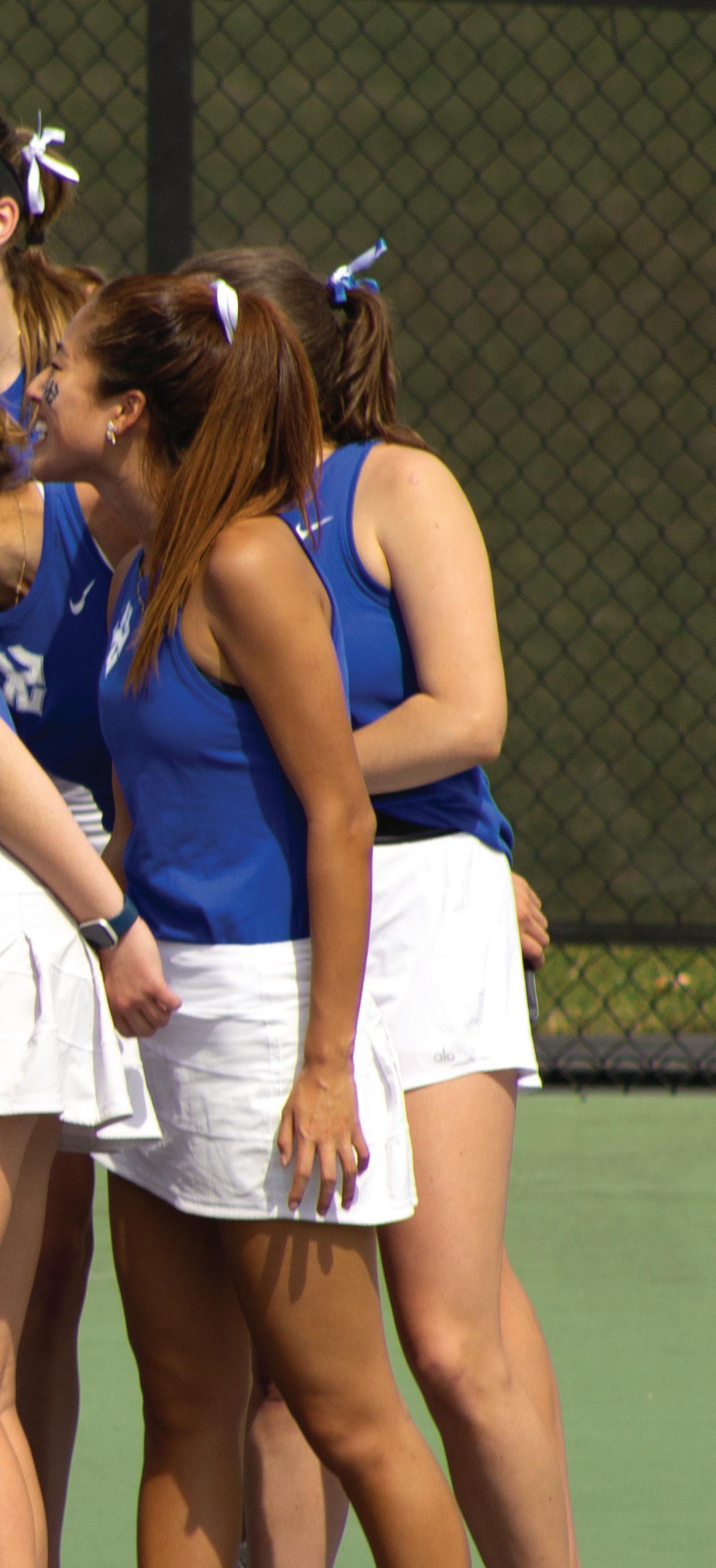
After six years at UCSC, Ness headed east to Lexington, Va., to coach women’s tennis at W&L, a program that year in and year out won the Old Dominion Athletic Conference championship and routinely played deep into the NCAA Tournament. In 2007, W&L women won it all.
cancellations of sports. They also played past the first round every year that she’s been head coach. In 2021, the team made it to the quarterfinals before losing.
This season, Ness is back where she started—coaching a team of five first-years and one senior.
“[Ness] holds us all to a very high standard both as people and players,” said Haley Stoltz, a sophomore. “When I was being recruited by her, she said that she was recruiting me because I was a good player but also a great person.”
Ness’s players say the coach’s emphasis on character is a key to the team’s success.
“[Ness] talks a lot about the pillars that we have and working on our goals in each and every practice, but also in our matches,” says first-year Jackie Daynovsky. “Some of the pillars have to do with
Ness didn’t miss a step. Her teams have won the ODAC championship every year since she arrived, except for 2020 when the COVID-19 pandemic led to
first-year
accountability, to keep our team thinking about each match and how we can be the best teammates to each other and the best athletes in general.”
Since Daynovsky joined the team last August, she says Ness has worked closely with her to set goals like fine-tuning her serve and has provided her with tips to stay focused during matches. She says Ness supports the team through her promotion of team activities and bonding.
“Everyone on the team has been super close-knit, and that definitely helps our success,” Daynovsky said. “Looking around at some of the teams we play, they don’t have as much cheer or energy, and that’s definitely something that Ness stresses for us. It can even be small things like yelling, ‘Let’s go Gennies!’ in a practice or a match.”
Ness devised a winning formula because she never forgot where she came from. “I really started from scratch,” she said, “and was kind of self-taught.”


Isaac Hibbard’s journey from small-town Indiana to the college coaching ranks
For Washington and Lee University men’s basketball Assistant Coach Isaac Hibbard, growing up in Indiana meant basketball wasn’t just a sport—it was a way of life.
The state’s deep-rooted affection for the game is legendary. From the movie “Hoosiers” to icons like Hall of Famer Larry Bird, Indiana’s obsession with basketball is cultural canon. As the local saying goes: “In 49 states, it’s just basketball. This is Indiana.”
Hibbard’s early years in Floyd Knobs reflected that passion. His love of basketball was apparent even as a toddler shooting on his Little Tikes hoop. He played other sports growing up like tennis and football, but he always preferred basketball.
“My dad is a big basketball historian guy,” Hibbard said. “He loved Indiana basketball, so he used to show me videos of Steve Alford, who was on the 1987 Indiana championship team.”
Hibbard played basketball at New Albany High School in front of packed gyms.

“My high school brought big crowds, and the New Albany community was amazing,” he said.
New Albany High School featured a future NBA lottery pick in Romeo Langford, won a state title in Hibbard’s junior year with a 27-1 record, and were even sponsored by Adidas. “You just want to wear the same jersey with New Albany on the front and do well for your community, your classmates, your teammates,” he said.
Hibbard also made his mark at New Albany: He’s the school’s 7th leading all-time scorer.
Following high school, he received a few offers from smaller programs in the National Association of Intercollegiate Athletics. But he wasn’t interested.
He ultimately decided on Hanover College, a Division III school in Indiana, because “it just felt like home.”
Hanover College men’s basketball Head Coach Jon Miller says he saw something special in Hibbard right away.
“He chose to go to the best program with the best players, which kind of always told me something about him,” Miller said. “Like hey, this is a guy that’s not afraid of a challenge.”
Hibbard was willing to change his playing style if it helped his teams win. In high school, he was more of a pure scorer and outside shooter, leaving the ball handling and point guard duties to his teammates.
But Hibbard watched other point guards who played on the team during his first and second years. He saw how they served as a general on the floor, directing teammates and making plays.
Miller says he expected Hibbard to remain in the undersized shooting guard role as a predominantly outside shooter. But Hibbard made the transition to passer. He is the all-time career assist leader at Hanover College with 392.
“That’s unique. That just isn’t something you anticipate happening,” Miller said.
Hanover also made two tournament appearances after winning the 2018 and 2019 regular seasons and conference championships. Hibbard earned three
Second Team All-Heartland Collegiate Athletic Conference citations and was team MVP in 2021-22.
Hibbard still keeps in touch with his college teammates.
“I’m still in a group message with those guys from my senior year today,” he said. “The wins and losses are really important, but I think the relationships that you build and carry on and the memories is just what I took most from the Hanover experience.”
“Hey, this is a guy that’s not afraid of a challenge”
–Jon Miller
Hibbard earned a degree in economics. But he says he knew basketball was his true passion. During the COVID-impacted 2020–21 season, he redshirted and began coaching as an assistant at Franklin Central High School.
“I had a passion for being in a leadership role. I saw what Coach Miller and our assistant coach did day in and day out. I wanted to be around the game more,” Hibbard said.
After graduation, Hibbard joined Purdue University at Fort Wayne as a graduate assistant under head coach Jon Coffman—a W&L alum. Coffman, known for his humor, often teased Hibbard about Indiana players, poking fun at the legend of “Hoosier hysteria.”
Coffman talked to Miller before he hired Hibbard.
“I remember talking to him and what he would get if he hired Isaac,” Miller said. “When you’re talking about guys like him, it’s not hard to talk about. You just feel so confident they’re going to be getting somebody really good.”
At Purdue Fort Wayne, Hibbard embraced a doit-all role by running player workouts, managing equipment, creating scouting graphics and videos, analyzing stats, and even tutoring. As a graduate assistant, he also acted as a bridge between players and coaches.
“There’s a little bit of middle ground because I’m around the players a ton and I’m able to
communicate, ‘Hey, these guys are feeling a certain way, or man, the guys are really exhausted,’” Hibbard said.
Coffman saw how fast Hibbard learned—in his first year.
“I saw him develop being able to speak our language, being able to coach our drills at a high level and doing stuff without oversight,” Coffman said. “I saw him fall in love with college coaching. Year two, I knew this guy is going to be a college coach.”
After earning his master’s degree in organizational leadership, Hibbard briefly explored playing opportunities overseas. He even tried out for a team in Serbia. But a chance meeting with W&L Head Coach Chris McHugh during the Division III Final Four brought him back to the sidelines.
“In getting to know him and interview him and bring him here through the process, I just think he shot to the top in terms of his love of the game, his enthusiasm, his work ethic, and his experience level,” McHugh said.
The head coach says Hibbard fit in right away.
“He made such a profound impact and did such a great job from the jump, you know, he’s a relationship guy. So right away, he’s getting to know the guys on the team,” McHugh said. “I think he did a great job of ingratiating himself to the members of our program and investing the time and the care into people.”
Hibbard still loves to play the game. It’s no surprise that he’s involved in W&L’s intramural basketball league. While at Purdue Fort Wayne, he played in what Coffman called the “Old Man’s League” of former collegiate players.
Hibbard says he wants to continue to get better as a coach by fostering the same unity at W&L that he cherished at Hanover.
“I hope my teams can be that connected and together.”


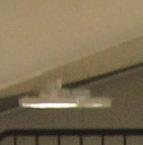

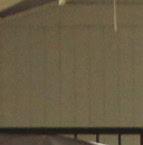



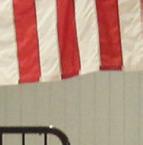






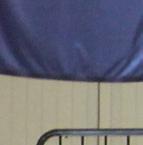



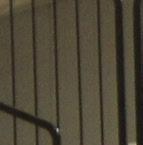






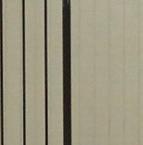






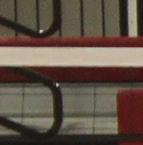

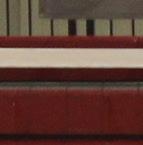



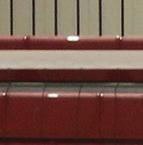
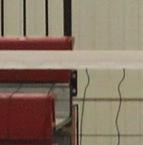



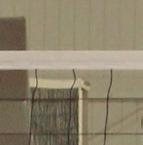




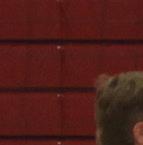
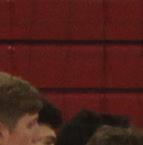
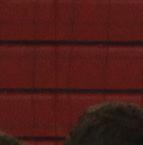

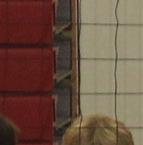
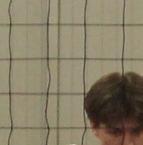
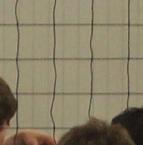
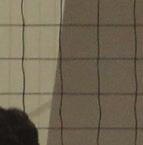



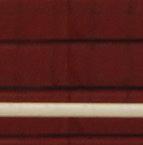

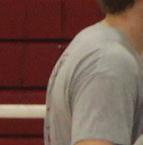






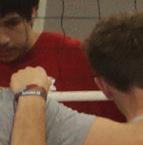





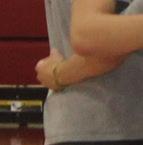



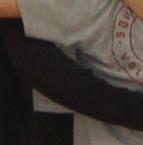

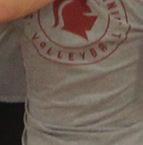
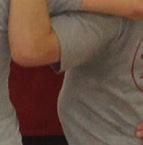
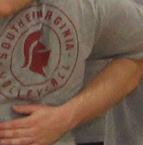

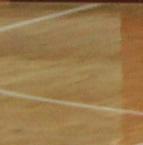

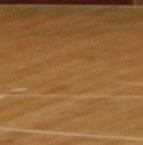


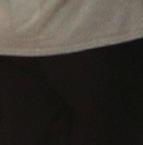
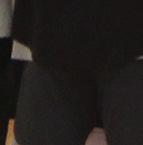









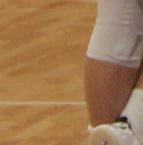
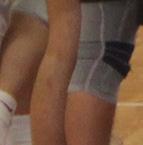





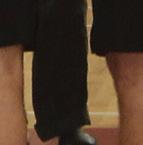




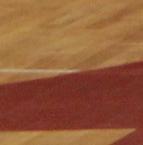
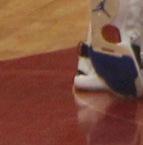
Story by Turi Trainor



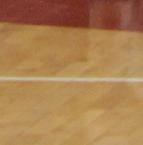



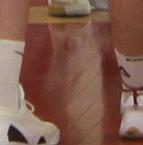





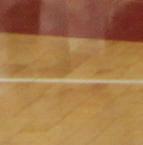
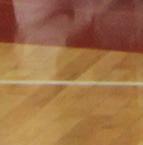


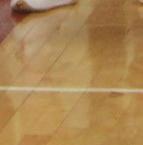

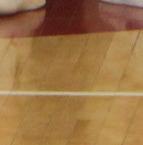

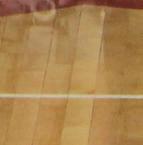
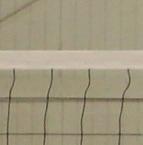


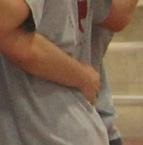
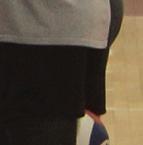
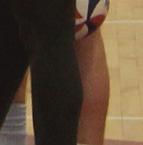
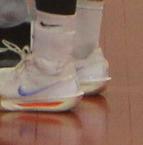
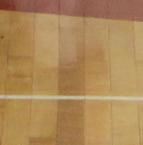
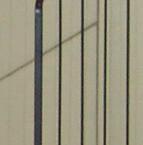







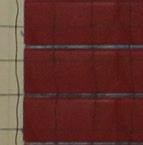



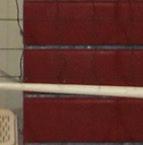
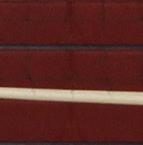
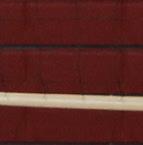

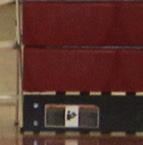




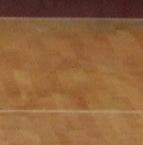

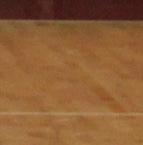

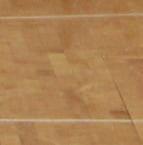




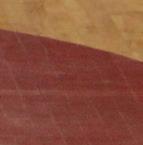



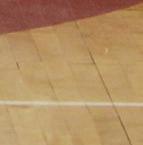

It’s 6:30 on a Friday night in Springfield, Ohio, and Pam Evans Smith Stadium is teeming with excitement.
The Southern Virginia University men’s volleyball team, fresh off being crowned No. 1 in the American Volleyball Coaches Association preseason poll, is stepping onto the court for their highly anticipated season opener against Edgewood College.
The whistle blows, and the action explodes with a dominant kill from senior All-American outside hitter Christian Sheaffer, a sixfoot-six senior from Palmyra, Pa.
The match remains neck-andneck through the first 20 points, with more kills from Sheaffer and senior Jeremy Brown, a six-footfive player from Mesa, Arizona.
Then, tragedy strikes: Senior middle blocker Kristo Bianchin, the ball and an opponent on the attack collide at the net. The season appears to be over for Bianchin, a six-foot-four player from Sao Paulo, Brazil.
Bianchin is taken to the sideline with a blood-soaked towel around a finger on his left hand. Tears in his eyes and his head in his hands, he calls on his teammates to give him a priesthood blessing.
A priesthood blessing for the Church of Jesus Christ of Latterday Saints is a sacred act when an ordained priesthood holder places his hands on a person’s head and provides comforting words and offers counsel or healing to someone in need of it. After the blessing, Bianchin is taken away in an ambulance.
“I literally could not cry anymore,” he said. “I felt peace in my life. I felt that everything was going to be okay. I don’t feel desperate. I don’t feel anything. I just feel peace and happiness and grateful to be part of that team in that moment.”
At the hospital, Bianchin says doctors are shocked to find that X-rays and MRIs are negative. He’s suffered only a bad cut. He would be on the court with
his teammates again in just four weeks.
Opposite hitter Sam Candland, a six-foot-five senior from Carlisle, Pa., says the incident is nothing short of a miracle. Senior outside hitter Brown says he agrees and points to Bianchin’s recovery as evidence of the power of priesthood blessings within the Church of Jesus Christ of Latterday Saints.
Whether it’s a volleyball player’s miraculous recovery from injury, a baseball player who points to the sky after a home run, or a football player who wears a necklace with a cross during games, religion is part of sports.
SVU is associated with the Church of Jesus Christ of Latter-day Saints. The religious affiliation is a big reason why many athletes choose to attend the university in Buena Vista, Va.
One of those athletes is setter Maxym Sutton, a six-foot-four senior from Mesa, Arizona,
who served on a mission trip in South Korea in the middle of his collegiate volleyball career.
Members of the Church of Jesus Christ of Latter-day Saints voluntarily dedicate up to two years of their lives to serving on a mission to spread the gospel of Jesus Christ and baptize people in Jesus’ name. Missionaries are assigned to the country they will serve by the Church’s headquarters.
mission. His was in the south of France and in the French-speaking part of Switzerland. One of his most memorable experiences was with a blind man in France. “He had no family,” Candland said.
to control my emotions a lot better. You have to control your emotions on your mission. You’re wearing Jesus Christ’s name on your shirt.”
“ You have to control your emotions on your mission. You’re wearing Jesus Christ’s name on your shirt”
–Sam Candland

Sutton says the support of his coach, Tom Peterson, played a large role in his ability to stay committed to his faith, while still playing volleyball at a high level.
“I think Tom is special in the fact that he has served a mission himself, so he’s a lot more understanding of why we do it, why we want to do it, how long it takes, and the meaning behind it all. In the long term, missions are way more important [than volleyball], and I’m glad that Tom has that perspective,” he said.
Even though sports and the Church of Jesus Christ of Latterday Saints intersect at SVU, the men’s volleyball team tends to put a larger emphasis on religion than on the sport.
Before Brown’s mission to Denver, he says volleyball was the most important thing for him. “I know I’ve been blessed. [My mission has] blessed my life and it’s blessed my career,” he said.
Candland also served on a
“We would go over and do grocery trips for him. We went over to his house for Christmas Eve dinner and that was very, very special for him because he said that was the first time he had a Christmas Eve or Christmas Day dinner with somebody. That was very special to me.”
He also remembers helping his next-door neighbor, who was an older woman.
“She loved doing garden work, but she had a hard time doing garden work,” Candland said. “And so, we just would go over there and just help her with her garden. We just talked to her and befriended her. There was no religious ties to it.”
Candland says the experience helped him learn how to control his emotions on the court.
“I’d say my mission helped me the most mentally as a volleyball player. If I hit a ball out of bounds before my mission, I’d throw my hands up in the air and start yelling, just throw a tempertantrum like a little kid,” he said.
“After my mission, the frustration is still there, but I know how
Missionaries do not get to see their families while they are on mission trips. They can communicate via letters and emails on designated days. But the focus of their trip is on Christ.
Brown says he learned how to cope with being away from his family during his first year at SVU. On a Friday before practice, he received the news that his dad was diagnosed with cancer. During a match the next day, he made so many mistakes he was pulled from the game.
Team captain Paul Clark, who was a senior, grabbed Brown after the game and asked him what was wrong. Brown says he was slow to open up about his dad, but he did eventually.
Clark gave Brown advice that he would carry with him on his mission: Nothing you do at home is going to make your dad prouder of you than what you






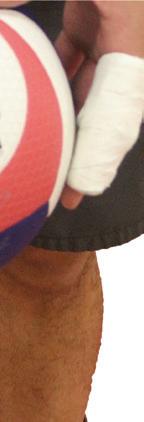

are doing here at school and on the volleyball court. That advice propelled Brown through missing his family during his mission. He knew that his family was proud of him for being there, and he was happy to be spreading the gospel. Sutton says family values are something that guide him both on and off the court.
“Family is of a super high standard in the Church of Jesus Christ of Latter-day Saints, and that’s something that is taught from a super young age. In a similar way, with volleyball, this person might not be related by blood, but I should love them like I’m family,” he said.
The SVU squad consistently has sets of brothers on the team. Candland played with his older brother Paul, Brown played with his younger brother Jaren, and Sheaffer played with his older brother Tyler, to name a few.
Candland got choked up when talking about how special it was to play with his brother.






























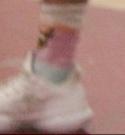
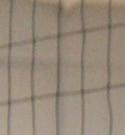



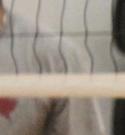


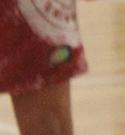
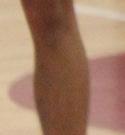














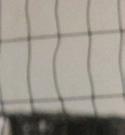
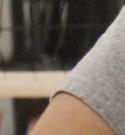











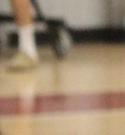



“I loved having my older brother on the team because there is no stronger rivalry than a sibling rivalry,” he said. “My relationship with my brother improved a ton. Our relationship was strengthened a lot by being on the same team.”
Players say they also feel a strong connection to one another. “These guys don’t feel like my friends,” Candland said. “They truly do all feel like my brothers.”

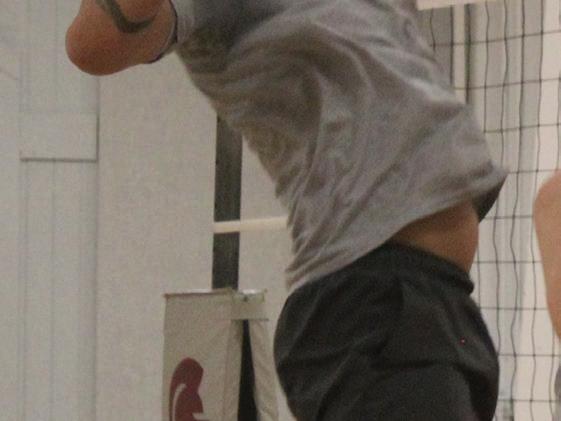
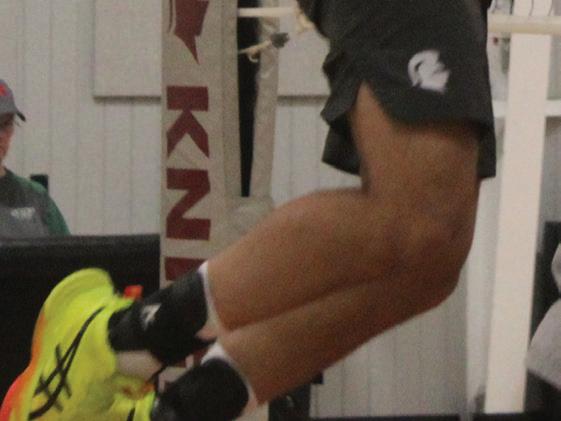





















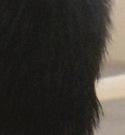










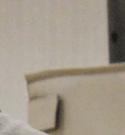
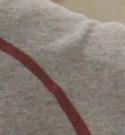





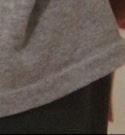














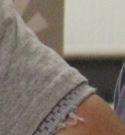





Bianchin has rejoined the team— with his finger wrapped up to prevent further injury. “I’ve never had this experience in my life before,” he said, referring to being so close to his teammates.
“Every time I step on the court or look at the bench, I feel I need to play for these guys,” Bianchin said.


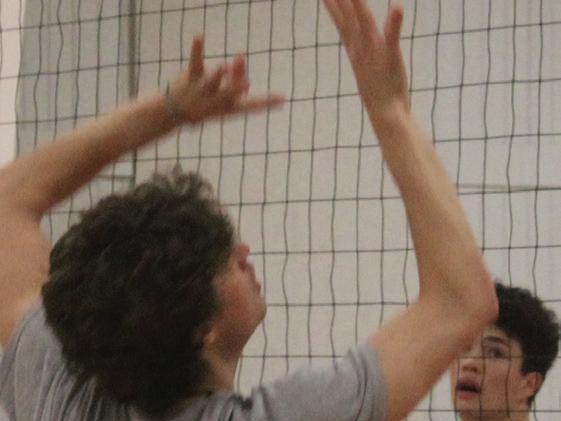







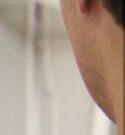

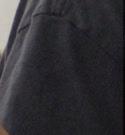











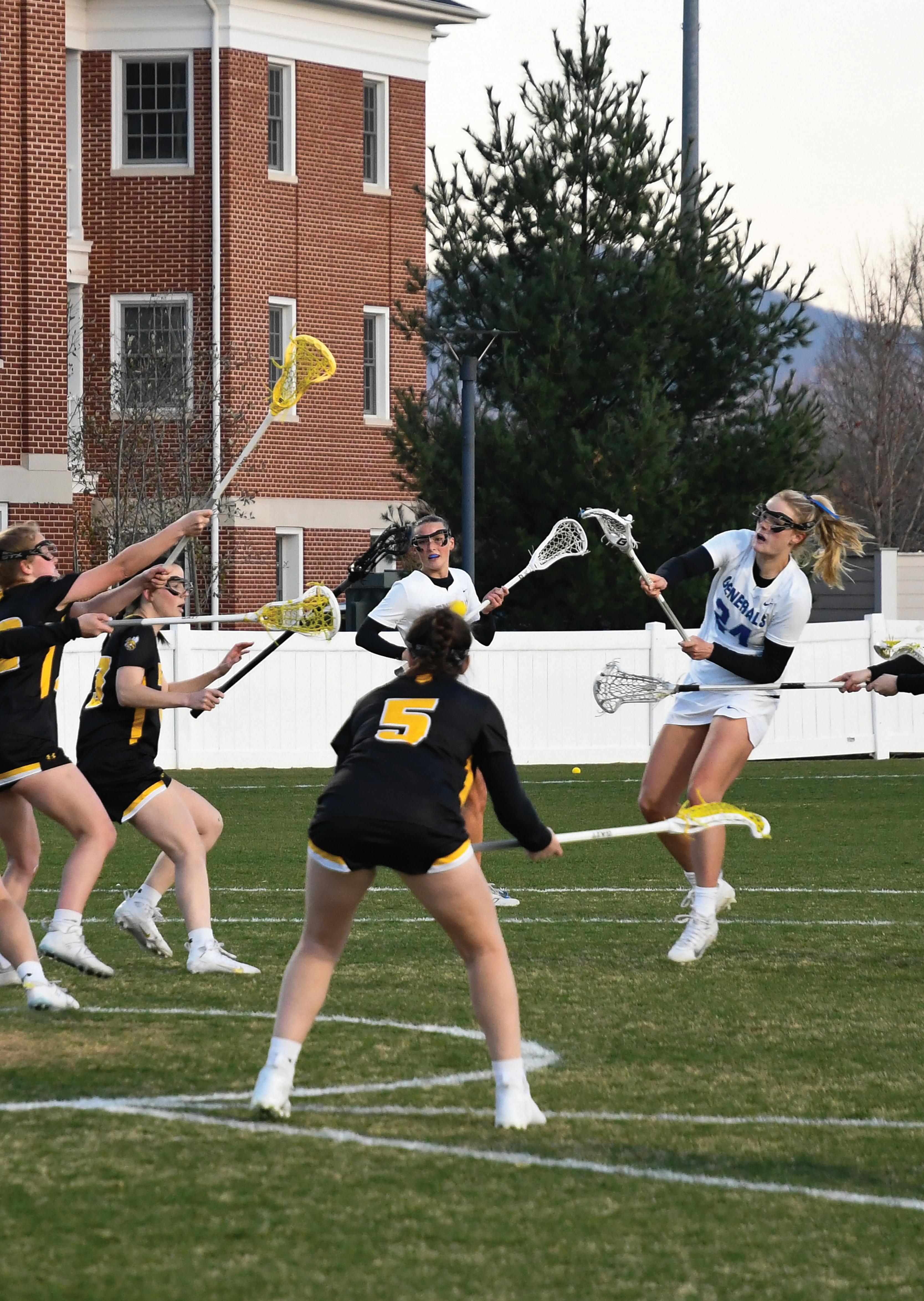
Ciara Smith and Hannah Van Son decided to attend Washington and Lee University because of its reputation for academic rigor. Once on campus, they pursued their athletic dreams as walk-ons on the women’s lacrosse team.
Smith says she realized that Division I lacrosse wasn’t for her: It would take too much of her time and create way too much stress for her. A Division III college appealed to her because of the small school emphasis on athletes who are students first.
But she wasn’t impressed with the schools that expressed interest in her. Instead, she chose to sideline her lacrosse dreams and prioritize academics.
Van Son came to a similar conclusion. She is from Cold Spring Harbor, N.Y., a lacrosseobsessed town, and she knew she wanted to play in college. But the timeline to commit to play lacrosse in college seemed too early for her. She says she was intimidated by being forced to make a potentially life-altering decision in her junior year of high school.
“I didn’t know exactly what I wanted in a school, so when it came time to commit, I got cold feet,” she said.
But she kept W&L on her list, for its academics and its athletics. “I wanted to go to a school where I could thrive academically and then think about lacrosse,” Van Son said.
Van Son visited W&L in the fall of her senior year and fell in love with the campus, tight-knit
community and the strong alumni network. Both Van Son and Smith applied to W&L.
But they didn’t know whether they’d make the women’s lacrosse team as walk-ons.
In August 2022, Maddie Coleman became head coach of the team. By then, the 2023 class had already committed, leaving her with no input on that group of players. Coleman also didn’t know how many walk-ons she would take.
After getting accepted at W&L, Van Son took a chance during her senior year of high school and emailed the coach, expressing interest in trying out for the team. Smith also reached out to Coleman to express her interest.
“ I was included as if I was already on theteam”
–Ciara
Smith
Coleman responded to both, asking them to send their lacrosse films so she could evaluate their skills and see how they played.
Van Son visited W&L in the winter of her senior year of high school during her Johnson Scholar weekend. She met with Coleman to go over her film.
Smith didn’t get a chance to meet with Coleman in person. Instead, they talked on the phone and in Zoom calls.
Coleman invited Smith and Van Son to try it out in the fall.
They joined two other hopefuls, including first-year Amelia Sinwell, who also wanted to continue to play lacrosse.
“There were a lot of stories about people who committed to play at college and then hated the college they played at or sacrificed social life or academics and those were big priorities for me,” she said.
The three hopefuls were among a group of women who met the team virtually over the summer. Van Son, Smith and Sinwell were added to the team’s email chains and group chats.
“I was included as if I was already on the team,” Smith said.
The prospective walk-ons stepped into a program with a history of success. The women’s lacrosse team has won a total of 24 ODAC championships. They have a winning streak of 14 consecutive championships, and the team has made it to the NCAA Tournament 13 out of the last 14 years.
The tryout entailed two weeks of practices with the team in September. The coaches evaluated the three women’s skills and determined whether they worked well with other players.
The potential walk-ons say they felt the pressure of proving themselves. They had to balance playing aggressively while respecting the players who already had spots on the team’s roster.
For Smith and Van Son, the toughest part of the tryouts was overcoming self-doubt and proving to themselves that they belonged on the team.

“It was stressful knowing I was trying to walk on to a top D-III program that already had a lot of chemistry,” Van Son said.
“Day one was when I realized how much I wanted to make it, so that is when it became a mental challenge and having confidence in myself that I was good enough,” Smith said.
“I felt like the hardest part was the imposter syndrome I experienced,” Sinwell said.
Two weeks of intense practice ended. The wait was finally over. The coaches made their decisions.
Each of the athletes received a text that summoned them to a meeting with Coach Coleman and Assistant Coach Avery Blackman.
“My heart sank,” Van Son said, “and I was freaking out when I got the text. I realized what an awesome opportunity this could be, and I didn’t feel like that until I had a lot to lose at the end of the process.”
Both Van Son and Smith earned spots on theteam.
“She [Coleman] made it clear that I got the spot on the team for a
year, and I was going to have to re-earn that spot each year,” Smith said.
Sinwell didn’t make the team. “It was a letdown for sure,” she said, “but there were other things I wanted to focus on. Lacrosse was never the core piece of me.”
At first, Van Son and Smith felt self-conscious about the walk-on label.

They joined a firstyear class that had all been recruited together and had known each other since the summer. Despite support from teammates, it took time to adapt to the team dynamic and overcome their jitters.
Van Son said her anxieties disappeared in her sophomore season when she secured a starting spot in the lineup.
“I knew going into this year that there would be a lot of movement in the roster after the seniors left, and over the summer I kept a regimented schedule, and I think
because of this, the coaches saw a shift in my skills,” she said.
Smith also found success early in her first year on the team. She’s solidified her spot as a starting defender.
She says Coleman supported the walk-ons and made them feel equal to the recruited players.
“You are not a walk-on anymore. You deserve to be on this team, and no one’s ever going to call you a walk-on again,” Smith said Coleman told her.
Van Son said she is grateful that she didn’t pass up the chance to try out for the












“If I didn’t put myself out of my comfort zone, then I wouldn’t have had this insane support network,” she said, “and wouldn’t have learned so many life team. have lessons.”






Virginia Military Institute’s basketball coaches only seek players who are ready for a challenge, said head coach Andrew Wilson.
“VMI is not for everyone, and I embrace that,” he said. “Our coaching staff communicates the 10 most challenging things at VMI in our first recruiting conversation with a new prospect. We know if they still have interest after that, there’s a good chance they’ll be a good fit.”
VMI has struggled with player recruitment and retention because of the rise of NIL, name-imagelikeness, payments to student-
Story and photos by Kaden Buss
Edited and designed by Emma Malinak
about finding the right characters to match the program and school.
Biggest
athletes and the relaxation of NCAA transfer portal regulations in the past few years.
The Division I basketball program was hit particularly hard, with only one returning player between the 2023-2024 and 2024-2025 seasons.
Yet this season marked the biggest single-season turnaround in VMI basketball’s 117 seasons. Their secret weapon: Four of VMI’s top seven players in minutes played are international student-athletes in their first years at VMI.
Wilson said VMI’s recruiting plan was not about targeting international players but instead
“Our first priority during the last recruiting cycle was finding the right fit off the court and finding competitive and hungry guys on the court,” Wilson said.
Instead of only highlighting the positives of the program, Wilson and his staff take the opposite approach, he said.
As the fourth smallest school in terms of enrollment in D-I, VMI lacks the resources of rival Southern Conference schools. So, Wilson said, transparency in the recruiting process is necessary to save resources in the long run.
“Most prospects are intimidated by the military obligations at VMI and that’s okay,” he said.
“In a way, it makes it easier on the recruiting trail because we don’t have to spin our wheels chasing kids that don’t really have interest.”
At the heart of VMI’s recruiting issues is the school’s infamous “Rat Line.” The Rat Line is a six-month training tradition where first-year cadets, who are known as “rats,” must go through physical and mental demands that are designed to replicate military boot camp.
Transfer student-athletes do not escape the Rat Line and are required to participate with the first-year class, even if they are upperclassmen.
By expanding their search to the world stage, the Keydets have found players who fit their culture, and success has followed, Wilson said. The Keydets’ 15-19 record marked an 11-win improvement from the previous year—with one of the youngest rosters in D-I.
This season also marked the first time in 20 years the Keydets won two Southern Conference tournament games, advancing to the semifinals before ultimately falling to Wofford College.
“ VMI is not for everyone, and I embrace that ”
–Andrew Wilson
Wilson said there are no plans for the program to slow down international recruitment.
“It has been an eye-opening experience for our entire program, and I believe we will continue to recruit on a global scale,” he said.
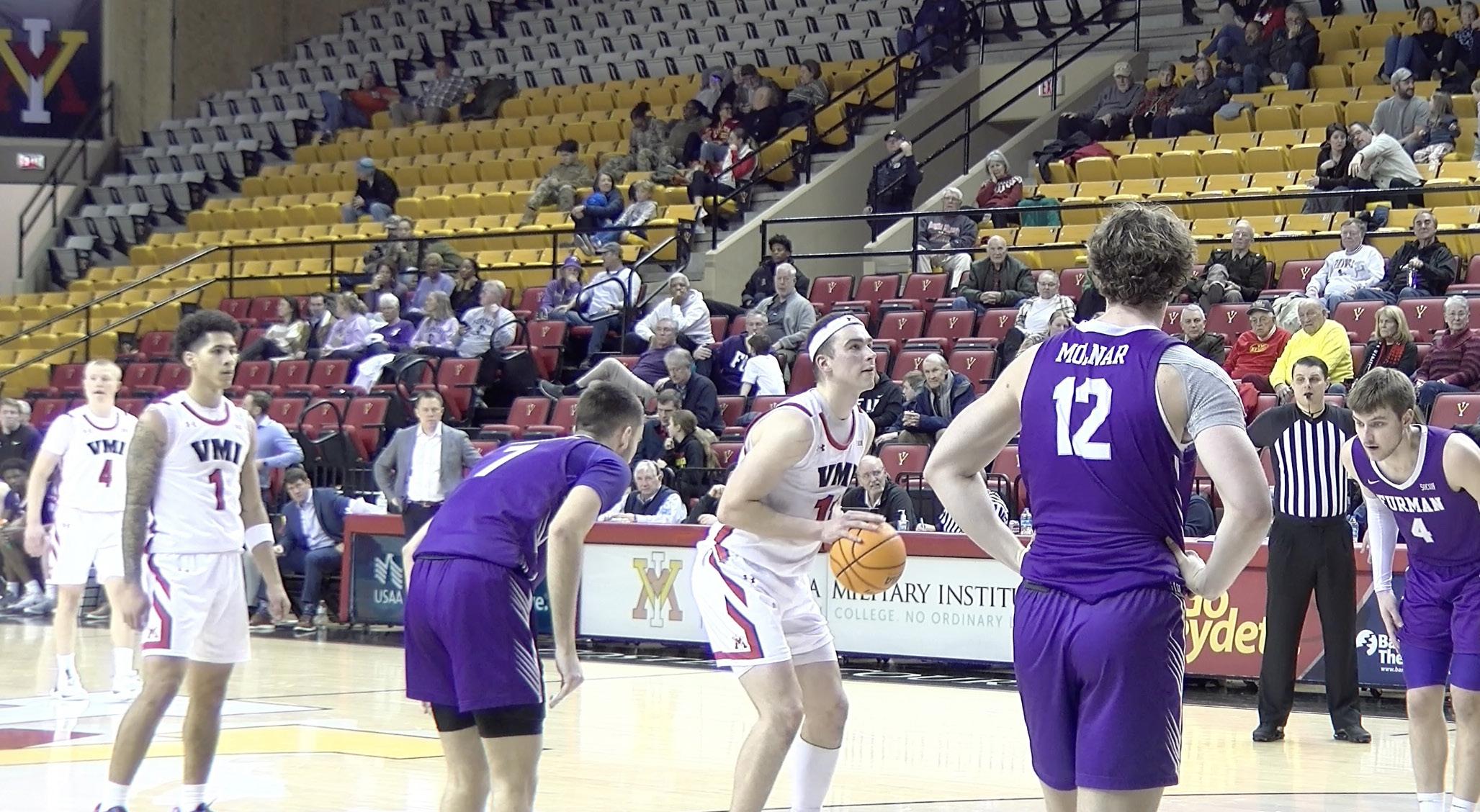
Augustinas Kiudulas takes a free throw shot against Furman University.
Despite VMI’s historic turnaround, the school faces the same challenge every year: the transfer portal.
“Like many schools across the country, VMI has been deeply impacted by the NCAA transfer portal. The Southern Conference schools seem to have a completely new roster every season due to players coming and going,” VMI Associate Athletic Communications Director Daniel Whitehead said. “Half the battle in recruiting in this modern era comes down to keeping the players you already have.”
That means VMI basketball’s roster will be in flux until the transfer portal closes on April 22. Following the 2024-2025 campaign, two of VMI’s newest international recruits entered the transfer portal. Tan Yildizoglu
from Istanbul, Turkey, entered on March 25, but later decided to withdraw from the portal and return to the Keydets. Augustinus Kiudulas from Vilnius, Lithuania, entered the portal on March 26.
The Keydets are projecting that 10 of their 14 players from the 2024-2025 squad will return to play next season, according to VMI’s website. Senior guard Cooper Cisco graduated. Kiudulas is joined by Cyprian Hyde and Maurice Wright Jr. in the transfer portal.
But Kiudulas was the only player to garner significant playing time who is currently in the transfer portal, according to VMI’s season statistics.
If projections hold, it would be the first time during Wilson’s three years as coach that the

Keydets are returning a majority of their roster, according to VMI basketball archives.
“This is a special group of players and coaches that were committed to each other all season long and were determined to change the narrative of VMI Basketball,” said Wilson. “Our program has a very bright future moving forward.”
Rickey Bradley Jr. began his collegiate basketball career at VMI and transferred to Georgia State as a sophomore. But he returned to the Keydets and earned third team all-SoCon this past season. He is returning to the Keydets for his senior season.
“Honestly what made me come back was the relationship Coach Wilson had with me,” he said. “When I left VMI, I had a lot of schools reaching out to me. But the second time I entered the transfer portal, nobody but Coach Wilson believed in me.”



Hometown:Vilnius, Height:Lithuania 6-8Weight:215
























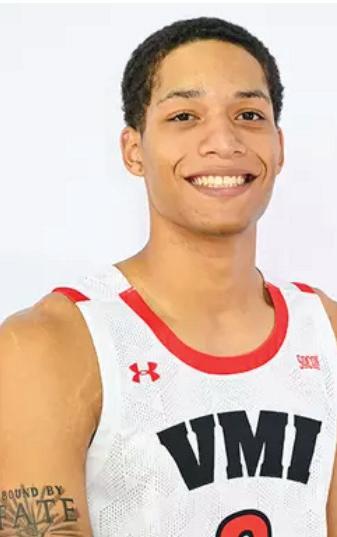







It’s often a war when the women’s lacrosse teams at Washington and Lee University and Christopher Newport University meet on the field.
It’s been that way since 2006.
W&L, ranked No. 10 nationally, is 16-2 against CNU, which is No. 22.
W&L’s wins have been by significant margins. But that doesn’t mean the games aren’t
The CNU-W&L women’s lacrosse battle
testy when the two teams meet, especially in recent years.
“It’s partly so competitive because there’s just this natural rivalry,” said Jan Hathorn, W&L’s director of athletics and former women’s lacrosse head coach.
Lisa Valentine, CNU’s head women’s lacrosse coach, says she views competition against W&L in a different way.
“We don’t really consider this matchup a rivalry,” she said, “more so an opportunity to
compete against a national contender year in and year out.”
Maddie Coleman, W&L’s head women’s lacrosse coach, says she expects the CNU game will be heated.
“The game’s always one we can probably anticipate to be competitive no matter what,” she said.
Senior captain Cat Caples says she relishes the competition. “They are a gritty team and always bring out the best in us.”
During the 2024 season, the Generals and CNU split two games. For CNU, it was the first time the team had won in Lexington.
That year, CNU came to Lexington in W&L’s second game of the season.
“We had a streak of three losses last year,” Coleman said. “CNU was the first one that started that.”
Following their loss to CNU, the Generals went on to lose to Salisbury and Tufts by tight margins.
“Our team had some hard losses at the beginning of last season,” Caples said. “But we turned it around after that with some personnel changes and overall hard work at practice.”
Near the end of the season, W&L beat CNU 12-10 to advance to the quarterfinals of the NCAA tournament.
“I think when you’re in the NCAAs it’s all or nothing,” Coleman said. “And I think that sort of mentality is a little just slightly more of an edge than it is gonna be in regular season.”
CNU’s early-season win in 2024 was their first victory over W&L


since 2013. The Generals lost to CNU 8-9 at Newport News.
“I remember that because it was a bit of a surprise that we lost to them,” Hathorn said. “I think our team may have not recognized the fact that CNU had gotten that much better that fast.”
Hathorn says the game changed the way W&L looked at CNU.
“I think they were starting to become that team that we realized like, we can never overlook them,” she said. “I think mentally there was this thing about CNU that changed probably around that time, that now beating CNU is a big deal.”
In regional rankings this season, W&L is No. 2 and CNU is No. 3. Each side shows respect for the other.
“Lisa has been there a long time,”
“It’s partly so competitive because there’s just this natural rivalry”
–Jan Hathorn
Hathorn said. “She has built that program up to a competitive level on the national level.”
Valentine has been the head coach of CNU’s women’s lacrosse program since 2016.


in recruiting and culture has fueled W&L’s dominance in the match up.”
Coleman says her team looks forward to the CNU game.
“I just think it’s always a competitive, fun game that both
“They are a gritty team and always bring out the best in us.”
–Cat Caples
sides really get into,” she said.
This year’s matchup between W&L and CNU will be unique. The teams will play on April 26, later in the season than they usually square off.
“We have always played W&L early in the season,” Valentine said. “So, the game has been a good measuring stick to see where we are and where we need to improve.”
Each program’s roster has changed since they met in 2024.
“Both teams are figuring out. Where we are? Who’s going to be in the game? What different things are we going to do this year?” Coleman said.
That’s because each team lost strong senior players to graduation last year, which means both squads are young.

She repaid Hathorn’s compliment.
“W&L has a long, rich history or success in women’s lacrosse led by some incredible coaches,” Valentine said. “I think the consistency
“Both teams have a lot of new faces on the field, especially offensively,” Valentine said. “So, it feels like a whole new era.”

Senior tennis player
Meagan Donovan has had a unique experience as a student-athlete at Washington and Lee University, navigating all four years on the team as the only member of her class.

“I’ve always kind of been interested in leadership,” Donovan said. “I took a leadership class
voices feel heard,” Donovan said.

University,
But she’s done it before.
“Funny enough, I was the only one in my class in high school, too,” said Donovan, 22, who is from Jacksonville, Fla.
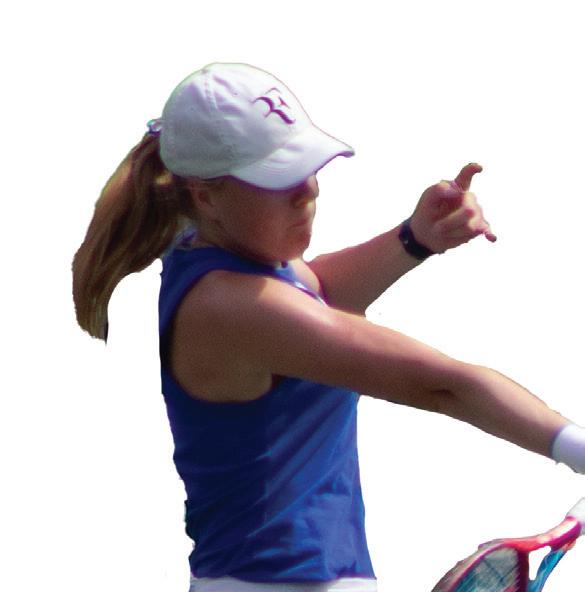

She says she prefers to play doubles, mainly because of the teamwork nature of play. Partners must communicate, work together and complement each other’s playing styles.


Head Coach Erin Ness says she understands why being the only
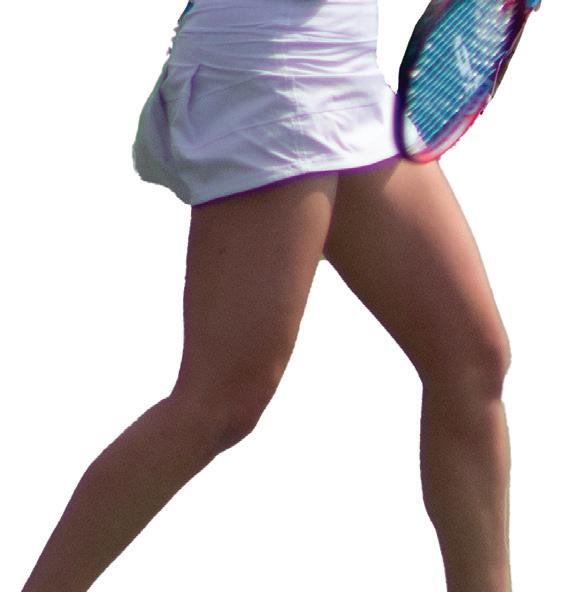

Ness says Donovan’s doubles play sets her apart. “Her volleys are technically some of the best that I’ve worked with, and her doubles knowledge is great, too.”
Donovan has a record of 23-5 in doubles during her career at W&L. Ness has capitalized on



first-year player is hard.
“Luckily for her, we had really strong upperclassmen leadership, and with being the only one, it was easy for her to really acclimate into the culture of the program,” she said.
From the start of her first year, Donovan says she sought out ways to engage with the W&L community.
After hearing about the Leadership Education and Development program (LEAD) from a friend, Donovan became a member. LEAD is designed to guide students by exposing them to leadership skills that will make them comfortable taking on prominent roles in the future.
in high school, and it was really fascinating. And so, I knew that I wanted to do some kind of leadership development in college, and when I heard about the program I applied.”
Donovan started as the programing coordinator in her sophomore year and worked her way up to team manager this year. Since then, LEAD has grown from about 50 students to 150 students. Donovan is now responsible for overseeing the program’s daily operations.
She says her experience with LEAD has given her the skills she needs to lead on the tennis court.
“I think it’s helped me a lot in getting input from everyone and making sure that everyone’s
Donovan’s leadership skills by pairing her up with first years.
“I put her in that role so she can be a teacher for them on the court and a leader,” Ness said. “She’s really helped them develop their games and get better.”
One of five first-years, Greer Webb, has played doubles with Donovan twice so far this season. The pair walked away victorious both times.
“We kind of hit it off pretty fast just because she’s just so easy to play with,” Webb said. “She has a lot of experience, and she knows how to talk to people to get you to do the right things. I feel like whenever there’s something that either I’m lacking on or something we could be doing
Edited and designed by Isabella Custard

better together, she always knows the right way to approach it.”
Donovan says she enjoys playing with her first-year teammates.
“It’s fun to be able to show them what I’ve been able to learn through doubles over my four years,” she said. “Being able to see them grow and hit the strokes we’ve worked on is rewarding.”

Her coach also counts on her because she is the only senior.


“I’ll lean on her a little bit more in terms of getting a hold of the team,” Ness said. “She’s in a tougher position being the only one, but I think she’s just done a really good job overall.”
Webb says Donovan leads by example. “She’s always the one that’s putting in 100 percent,” Webb said. “She’s a real backbone for everyone.”
In Division III sports, students encounter rigorous classwork and competitive athletics.
“In high school I took some physics classes, and I really liked it,” she said. “I honestly didn’t really know what an engineer was. But my mom said I would be
good at engineering, so, when I was looking at colleges, I wanted to make sure that they had an engineering department.”
W&L had exactly what she was looking for: the opportunity to play tennis while majoring in engineering and minoring in Chinese, which she began learning in 7th grade.
Donovan says one of her favorite aspects of the engineering major is how much hands-on experience she has gotten. But she also noticed early on that there weren’t many opportunities for first-year students and sophomores to get involved.
So, she co-founded the Mechanical Design Club. The club works on two design projects that allow younger students to get involved. One projects is building a prosthetic toe.
Two summers ago, Donovan had the opportunity to combine her interests in Chinese and engineering. Through W&L’s study abroad program, she spent her summer in Singapore, working for a biomedical company, Creative Medtech Solutions.
The company was working on an ultrasound machine that could identify prostate cancer. As a software test engineer, Donovan looked for bugs in the system.
“That was really interesting because I felt like I was working towards helping people,” she said. “It was a really cool opportunity that I don’t think I would have been able to have if it wasn’t for the study abroad office and
the East Asian Languages and Literature Department.”
Donovan’s mom played Division I tennis at the University of Arkansas. Her father played football at Brown University. Donovan began playing tennis when she was about 6 years old.
“It definitely helped that I could play with my family members because I always had a hitting buddy,” she said.
“Probably from the time I was 12 my main goal was to play college tennis. I didn’t really care where. I just really wanted to be able to say
“ She’s in a tougher position being the only one, but I think she’s just done a really good job overall”
–Erin Ness
that I was kind of like them, too.” Coach Ness says Donovan has put in the work since she arrived on campus four years ago.
“She’s grown a lot. We had to do a major overhaul in her game her first year, and she stuck with it. She worked so hard,” Ness said.
“Combining her determination and her work ethic and desire to get better, she’s improved a ton in her four years here.”

Donovan is pictured above holding flowers surrounded by her teammates on senior day, March 29. Her coach described it as “Meagan day.” Below, Donovan high fives her doubles partner, Greer Webb.
Donovan, who plans to go to graduate school, says she is grateful for Ness’s advice and support throughout her four years at W&L.
“I feel like I can always go to her and talk with her,” Donovan said, “and I’m very thankful for her guidance over the past four years on and off the court.”
Donovan says she wants her senior season to be the best one yet.
She’s chasing the team’s fourth consecutive ODAC championship in her time at W&L, and she wants to make a deep run in the NCAA Tournament.
“We’re working on just making sure we’re in the right mindset
going into the matches and being able to give our best and compete,” she said, “and hopefully get some wins.”



By Duncan Meldrum
Edited and designed by Elina Puri

Burns h
ffensive player Hillis Burns has big dreams for Washington and Lee University men’s lacrosse team, which was ranked No. 1 in the Old Dominion Athletic Conference’s preseason coaches’
poll.
“We push each other to be better every day, which helps us play our absolute best when it comes down to game day,” said Hillis, who is the top scorer on the team.
The senior from Louisville, Ky., scored his 200th career point in a win against Dickinson on March 15.He’s only the eighth player in program history to hit the 200-point mark.
W&L has won the ODAC championship 12 times, most recently in 2023. This season, the team is 9-3 overall and remains in the mix for making a run through the ODAC playoffs and deep into the NCAA Division III Tournament.
As in many sports, defensive play in lacrosse determines how far a team makes it in post-season tournaments. Burns says defense leads to more high-look shots, an increase in time of possession, and the chance to win more ground balls.
Photos by Elina Puri
Zahralddin says Burns doesn’t tell his teammates what to do. He shows them.
“He leads by example on and off the field. He may not be the most vocal, but his play gives others confidence,” Zahralddin said.
“He is a great resource for young players, which helps the team glue together and function as a unit.”
Burns says players trust each other on the field. “We know who we are and have a strong sense of identity because of this attitude and coaching,” he said.
Burns credits the team’s success to an emphasis on fundamentals during practices.
“Practice is a very intense and competitive environment, in the healthiest way imaginable,” Burns said. “The defensive culture and attitude, in which our defense plays, elevates me and the rest of the offensive group.”
15. He’s and
Throughout his 54-game career at W&L, Burns has scored 124 goals and made 77 assists. Inside Lacrosse and the U.S. Intercollegiate Lacrosse Association named Burns as second and third team Pre-Season All-America, respectively, for two consecutive seasons.
Burns was also named ODAC Offensive Player of the Week in February and March.
“We push each other to be better every day”
–Hillis Burns
At the end of a season, Burns says, he and his teammates know they must put offense and defense together.
“Our coaches have told us that on the basis of talent, every team is equal, which gives us a chance,” he said.
Defensive player Mikel Zahralddin says Burns picks up his teammates during games.
“When he is able to finish chances off from the ground balls we turn over, it makes life easier for the entire unit, which correlates to the success of the team,” he said. “When he plays well, the team plays well.”
“But finishing chances and being as efficient as possible in front of goal demonstrates this need to put it together. If we achieve that, we can go all the way.”


Washington and Lee University’s men’s tennis team has exceeded expectations this season, climbing from a preseason ranking of No. 32 to No. 16 in Division III.
The key to success? Improved doubles play and a nimble line-up.
“We lose if we don’t win the doubles point. It’s that simple,” said Sam Concannon, the assistant coach. “Pretty much to beat any good team we have to win the doubles point.”
This season, the Generals have closed out three big wins in tight 4-3 match victories, upsetting No.14 Johns Hopkins, No. 15 Sewanee and No. 29 Christopher Newport University.
Each of the victories was made possible by strong doubles point wins, with the Generals going 30 in doubles against Johns Hopkins and 2-1 in doubles against Sewanee and CNU.
Senior captain Eli Hirshberg says not only are doubles wins critical, winning the doubles point eases the pressure during singles matches.
“Winning doubles can completely change the way a match is going. Only having to win three out of the six singles matches to win the team match instead of four out of six after losing the doubles point is a much more achievable task,” said Hirshberg, who is from Alpharetta, Ga.
“Winning the doubles point set the tone and gave us much-needed momentum going into singles play.”
The team also is making the most of having fewer players on the roster. It’s true that fewer players mean less rest for star players. But it also has meant more reps with the same players, which has improved team chemistry, especially in doubles play.



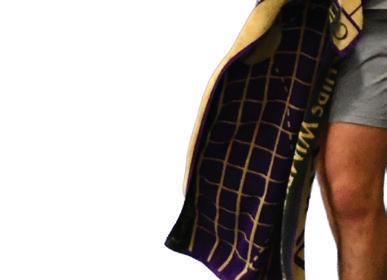



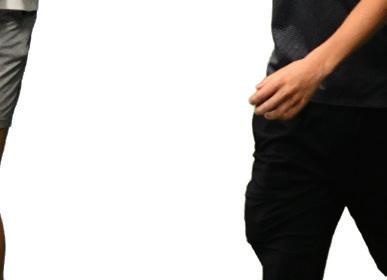


The overall improvement, upsets—and jump in the rankings—have made the players believe that they can go deeper in the NCAA Tournament. Last year,
“ We lose if we don’t win the doubles point. It’s that simple”
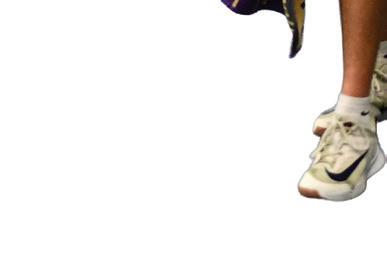

much pressure on our opponents as possible while minimizing mistakes. I think this highpercentage strategy has raised our floor as a team and helped us be able to pull out tough matches.”


–Sam Concannon
the team lost in the Round of 32. Head Coach David Detwiler attributes the team’s improvement in doubles play largely to Concannon. Hirshberg agrees.
“Close work with Sam has played a big role in our improvement on the doubles court,” he said. “Day in and day out in practice we’ve had a much larger emphasis on
Players and coaches also say the team has succeeded despite their sports’ solo nature because singles matches get the most attention in professional and collegiate tennis.
“At the end of the day, it’s a team sport,” said Evan Erb, a senior from St. Louis. “We’re out here individually, but it’s all about the team.”


Assistant Coach Sam Concannon (left and top right) Doubles partners James Kurani and Heys Parker talk strategy between points.


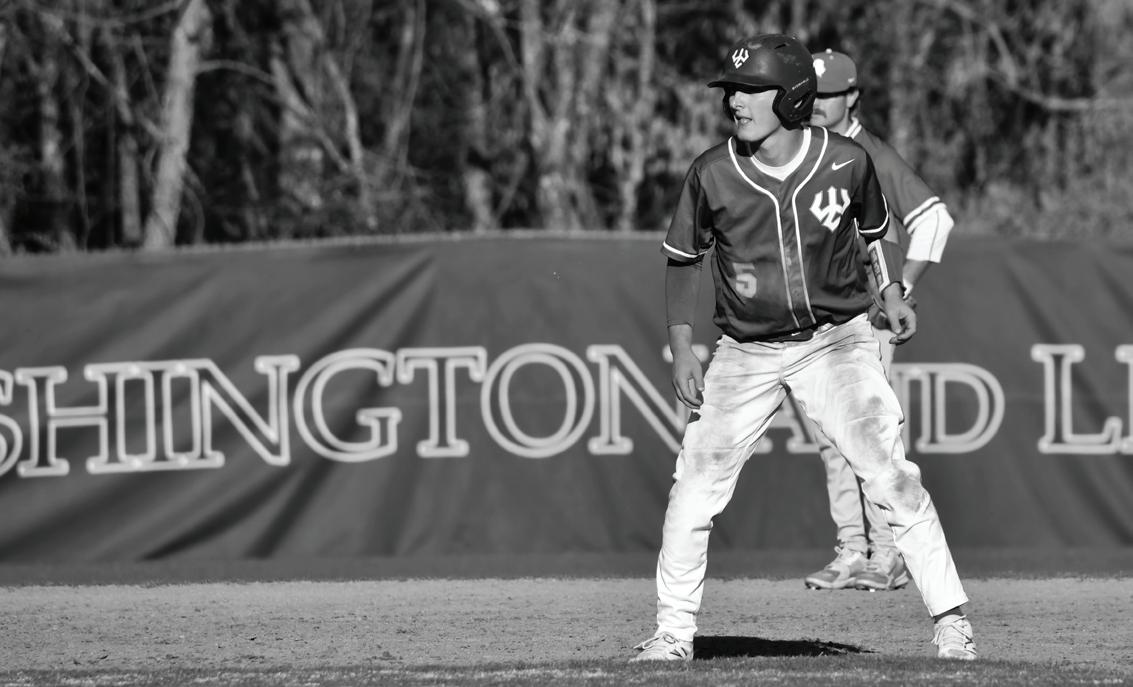
















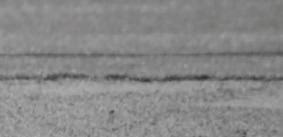





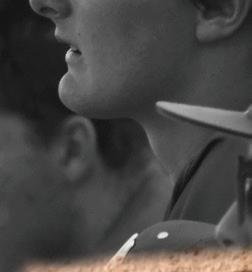
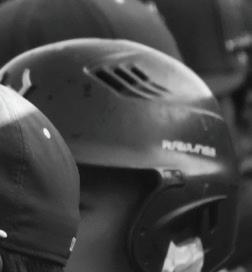
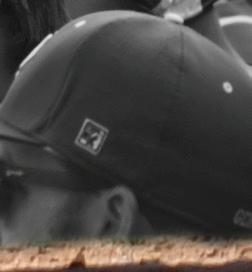

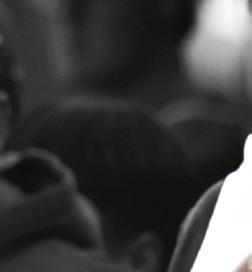







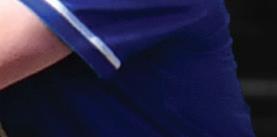



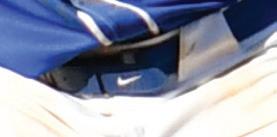


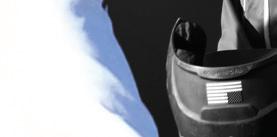
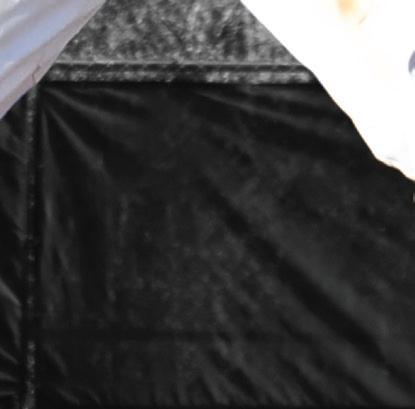











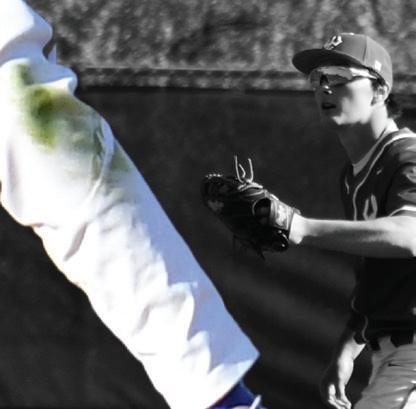

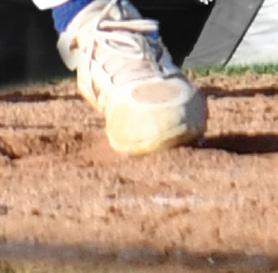

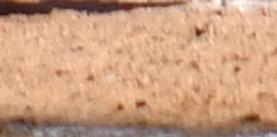

John Turner vividly remembers the day he learned what hard work meant.
He was just 8 years old and only four hours into his nine-hour baseball practice on a Saturday in Marietta, Ga.
“We had to take a lunch break in between because it was so long,” Turner said. “I thought this was miserable because I was an 8-year-old kid and I thought, what are we doing with my Saturday, wasting all this time practicing baseball.”
Now, as a junior outfielder on the Washington and Lee baseball team, he considers that day as a pivotal moment in his career.
“Now that I come to think about it later on in life, it really showed me what it takes to succeed on the baseball field,” Turner said. “Sometimes you have to set aside entire weekends or entire days just to get to the top of your game and perfect the craft that you spent so much time working on.”
Turner’s commitment to perfection and hard work has paid off during his time as a General: With six games left in the season, he had a .985 fielding percentage and a batting average of .329.
As a centerfielder, Turner dominates the outfield. But he says his success wouldn’t be possible without his commitment to preparation.
preparation comes only from repetition and pays off when he’s playing in a game.
“Knowing you’re prepared for this moment really gives you the confidence to take the right swing, make the right decision, make the right throw, whatever it may be,” he said.
As a student-athlete, Turner knows that preparation on the field isn’t all it takes to be a successful student-athlete. Often, the Generals play double headers and multiple games a week, which he said can be difficult to balance with schoolwork.
“You have to get a little bit gritty with where you get work done, whether it be on the three-anda-half-hour bus ride to Guilford or in the locker room before
They’re just people that, no matter what, are going to be there for you and they know that you’re going to be there for them,” he said.
While Turner relies on his team for motivation, his best friend and teammate Preston Larmore makes sure he meets his goals.
“We go to lifts together and show up to practice on time together,” Larmore said. “Freshman year we missed the bus to a game together. But since that wake-up call, we’ve kept each other accountable to be better.”
Larmore says he admires Turner’s commitment to excellence.
“He does all the small things right at the play, whether that be man on first, moving him to second, and sacrificing himself either

“Every single day you go into practice, you force yourself into certain situations that you know that you’re going to see in a game in the future,” he said.
Turner says this kind of




But both Turner and Larmore were challenged when they had to step away from the baseball field for 12 weeks when they went abroad to Vienna in the fall term of their junior year.
“It was a bit weird not picking up a baseball for that much time, just because it’s something I’ve done my entire life,” Turner said.
The time away allowed them to come back with a renewed passion for the sport.
“I think that when we came back, we were both kind of motivated the same way to get back on the field and get back after it,” Turner said.
His rejuvenation shows up in the stats. He’s already surpassed his personal bests from previous seasons before the current season has even ended.
“Getting hot at the right time is the best thing we can do for


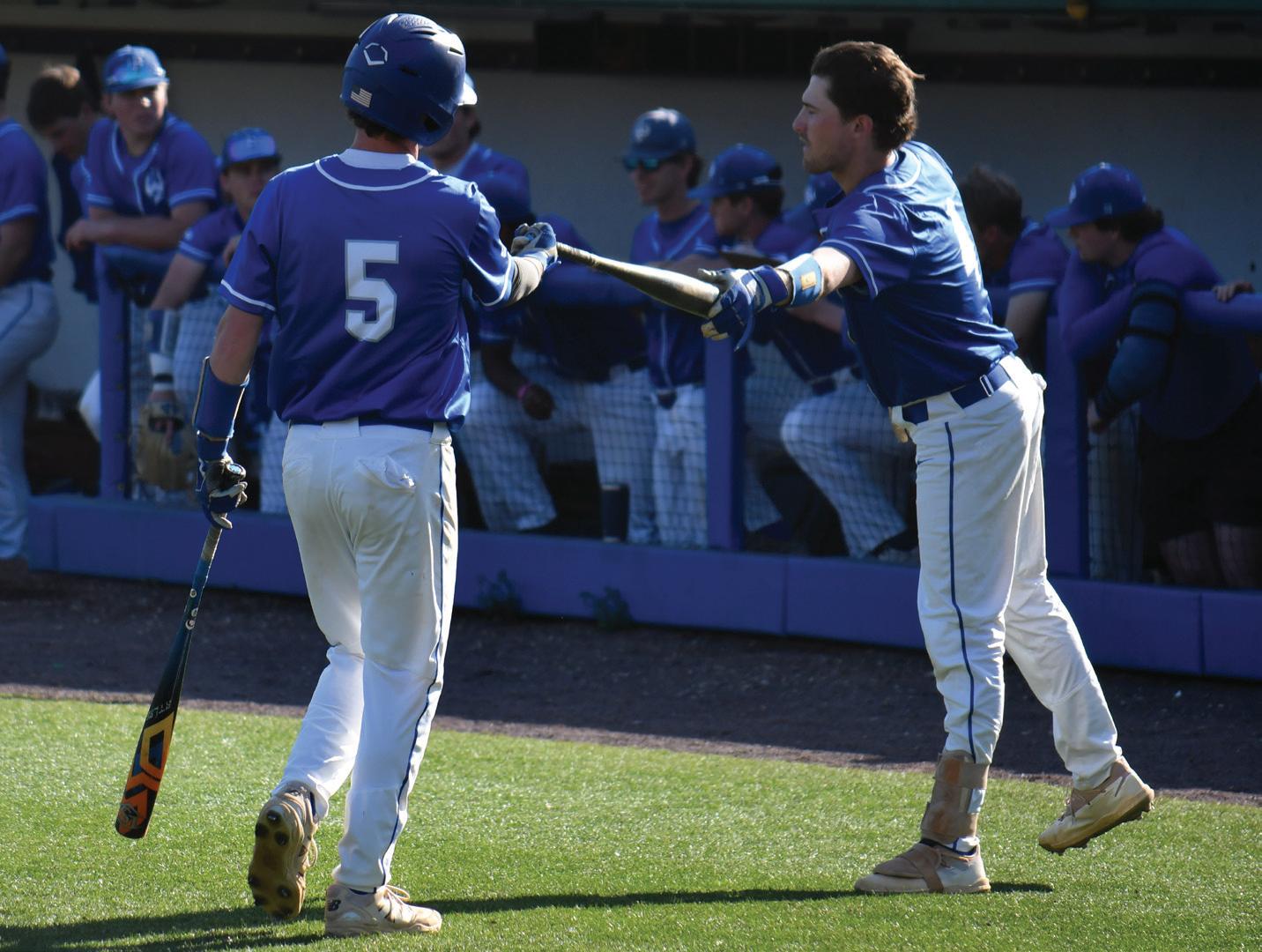




ourselves before playoffs come in May,” Turner said.
After the baseball season ends in May, Turner will shift his competitive nature elsewhere. This summer, he will be working as an investment banking intern at VRA Partners in Atlanta.
“I think that investment banking is one of the most challenging professions that you can get into right out of college,” he said.
“It will make your life interesting
every single day when you come to the office with the new challenge.”
Turner attributes his love for working with a team in high pressure situations, like baseball, as the reason that he is pursuing a career in investment banking.
“The lessons I’ve learned on the baseball field are really something that I’ll carry with me forever.”

